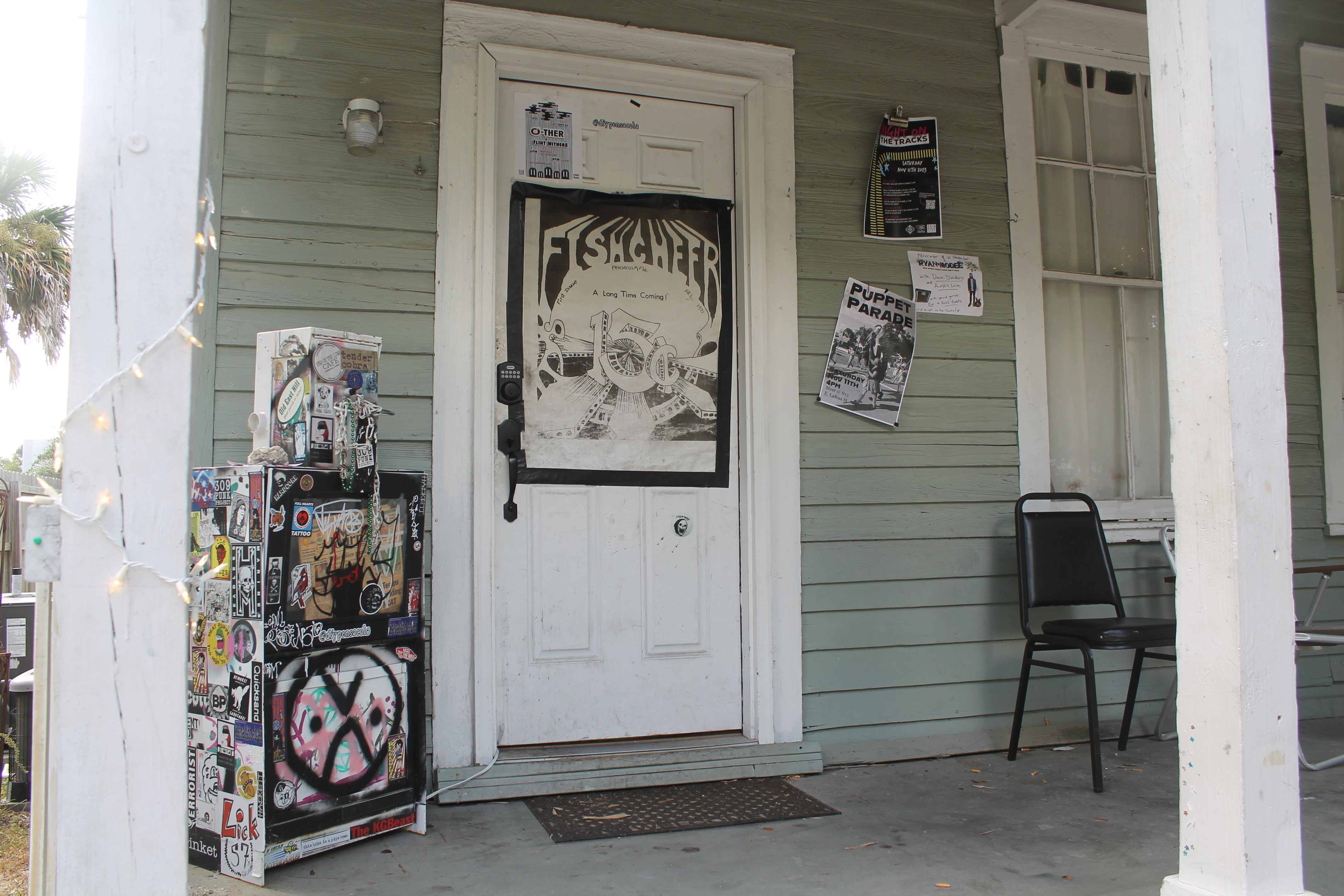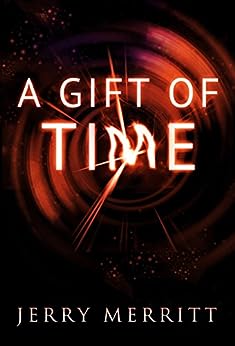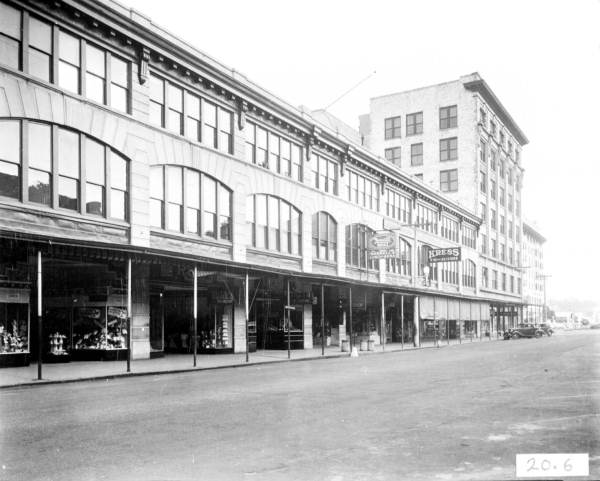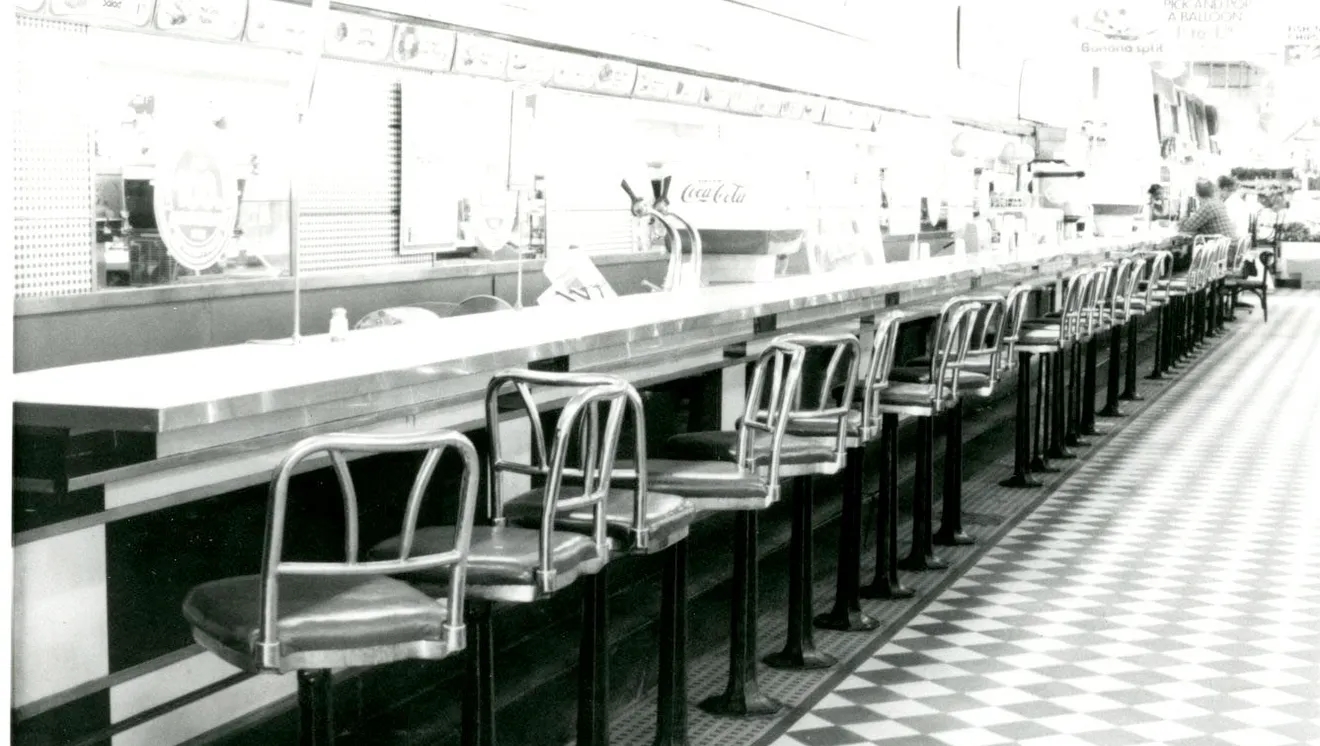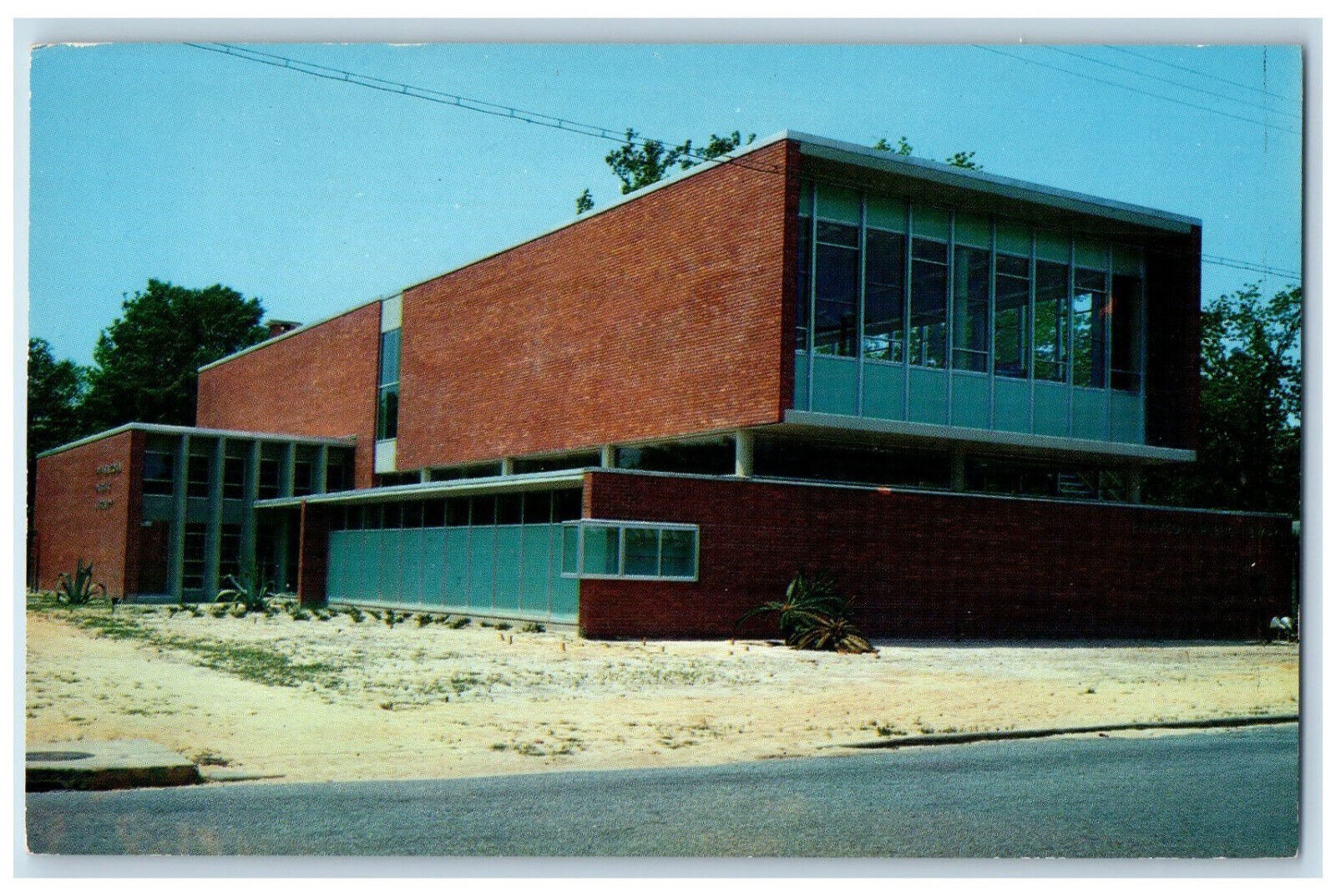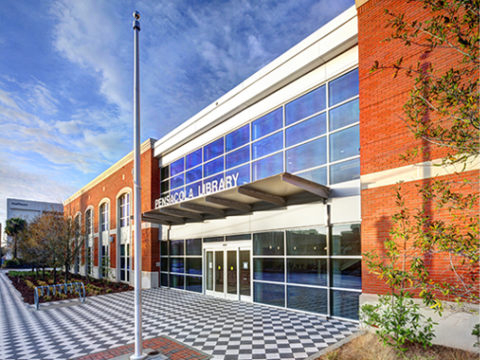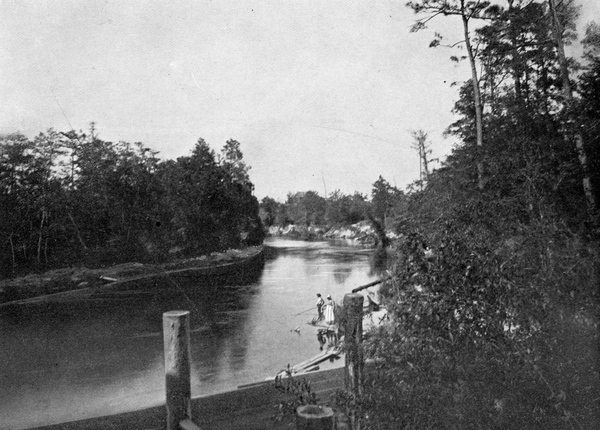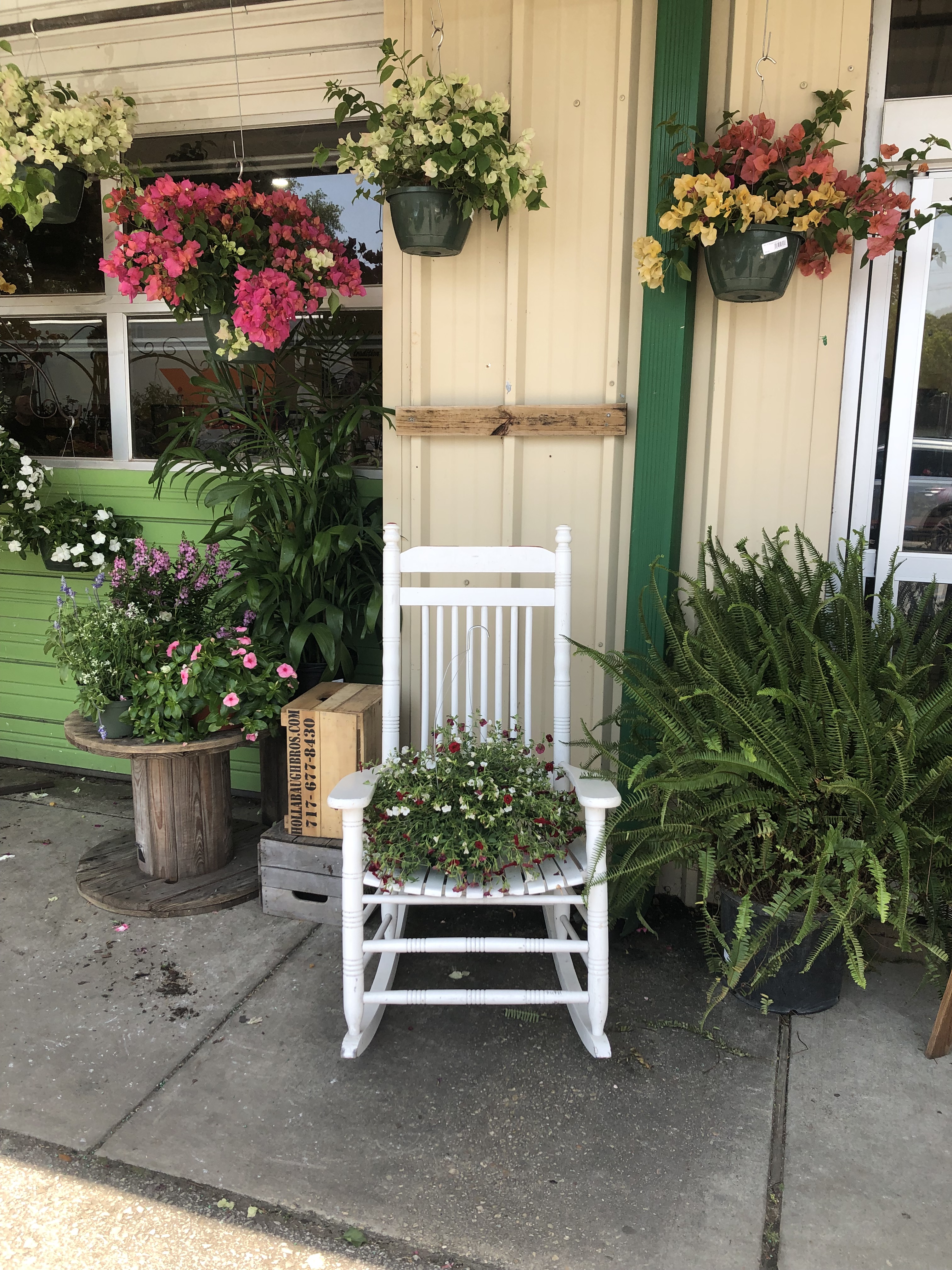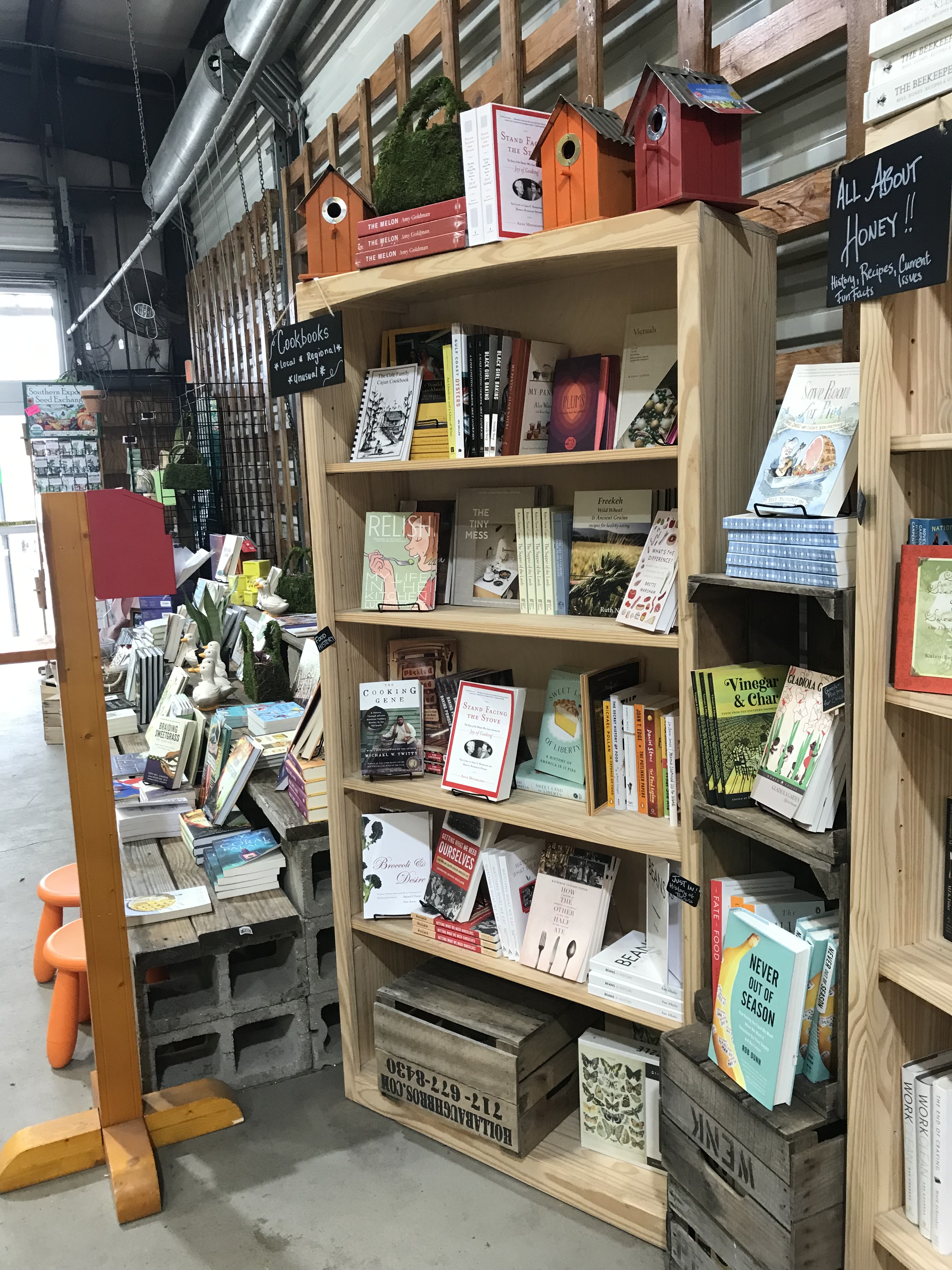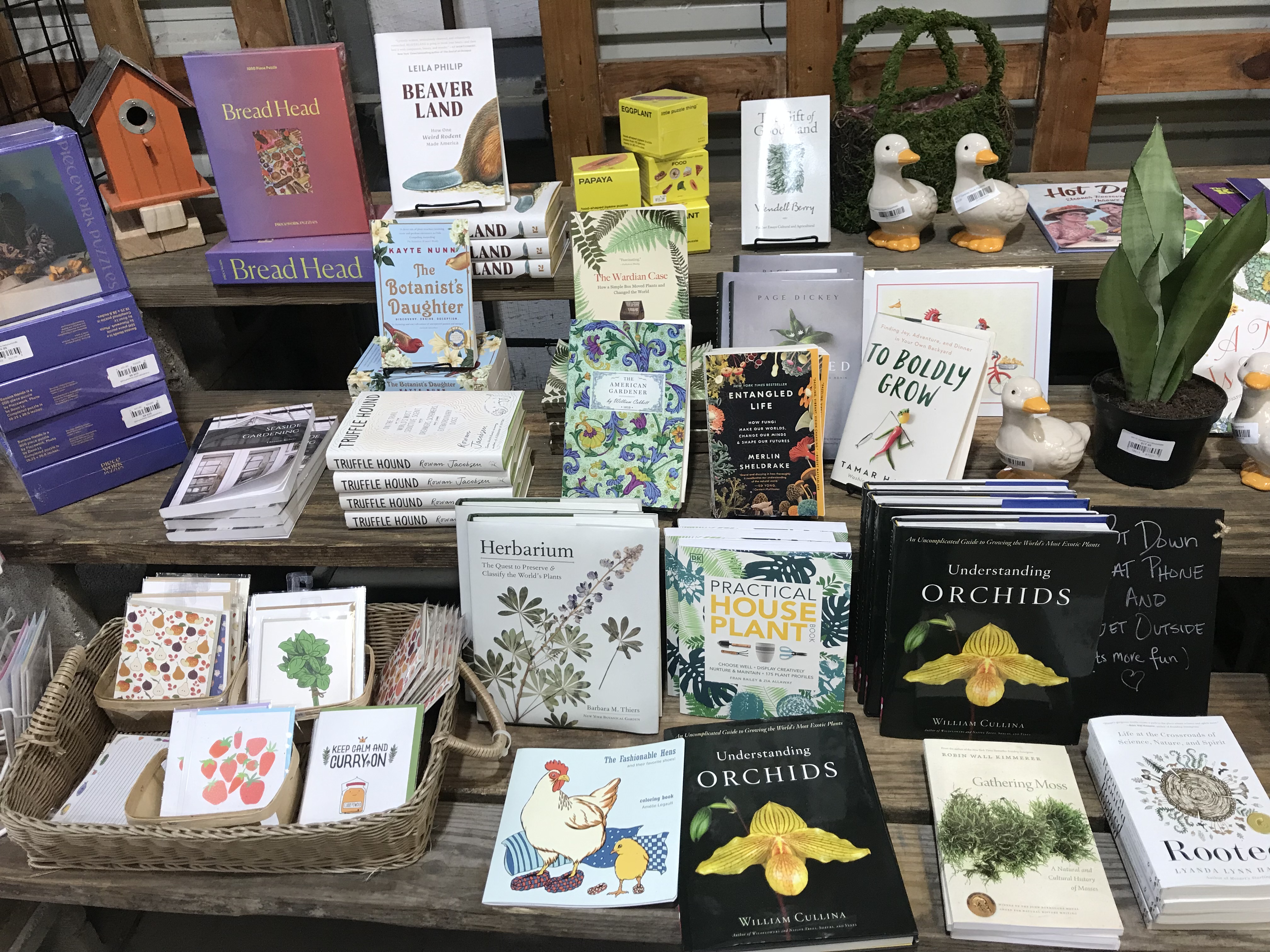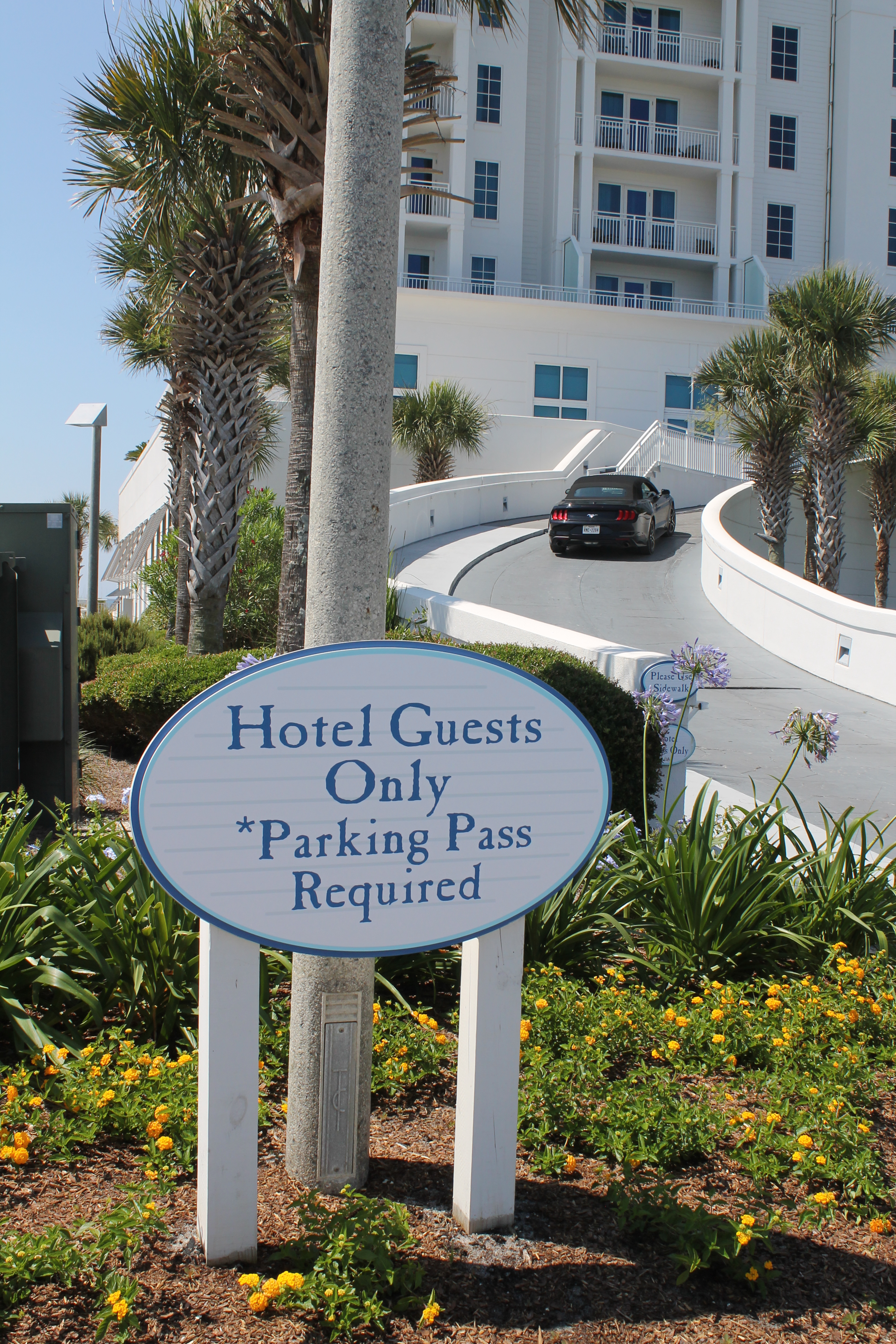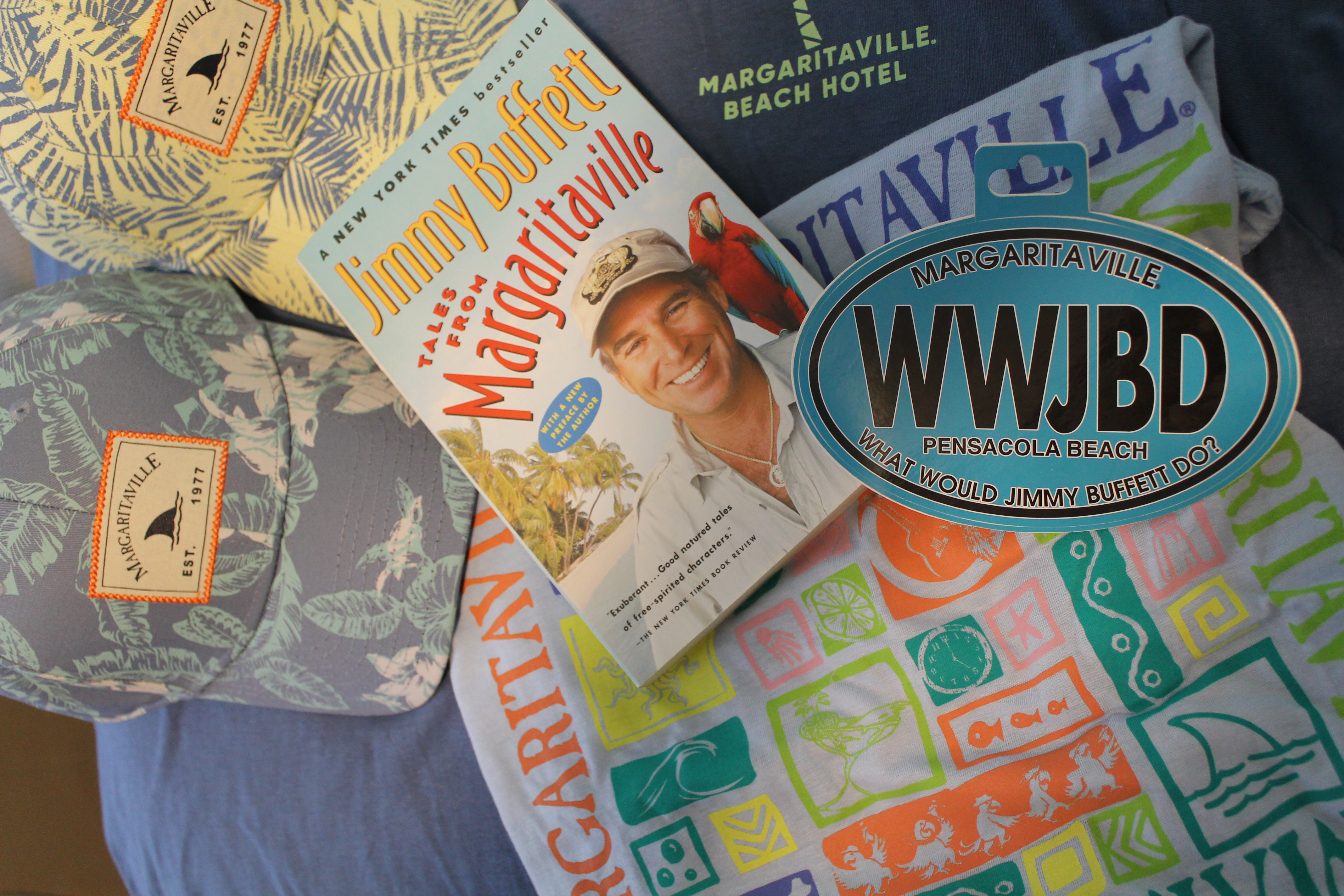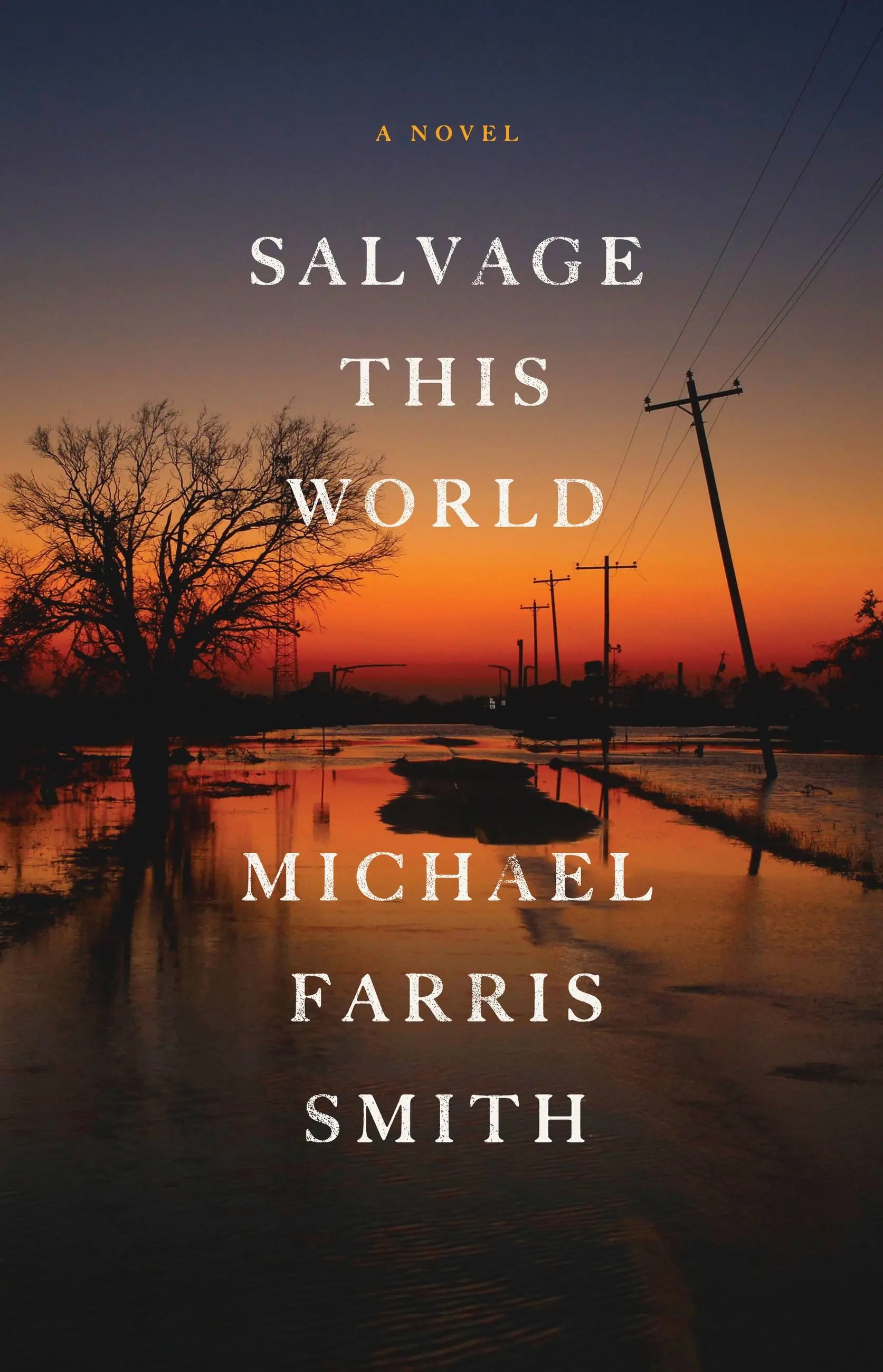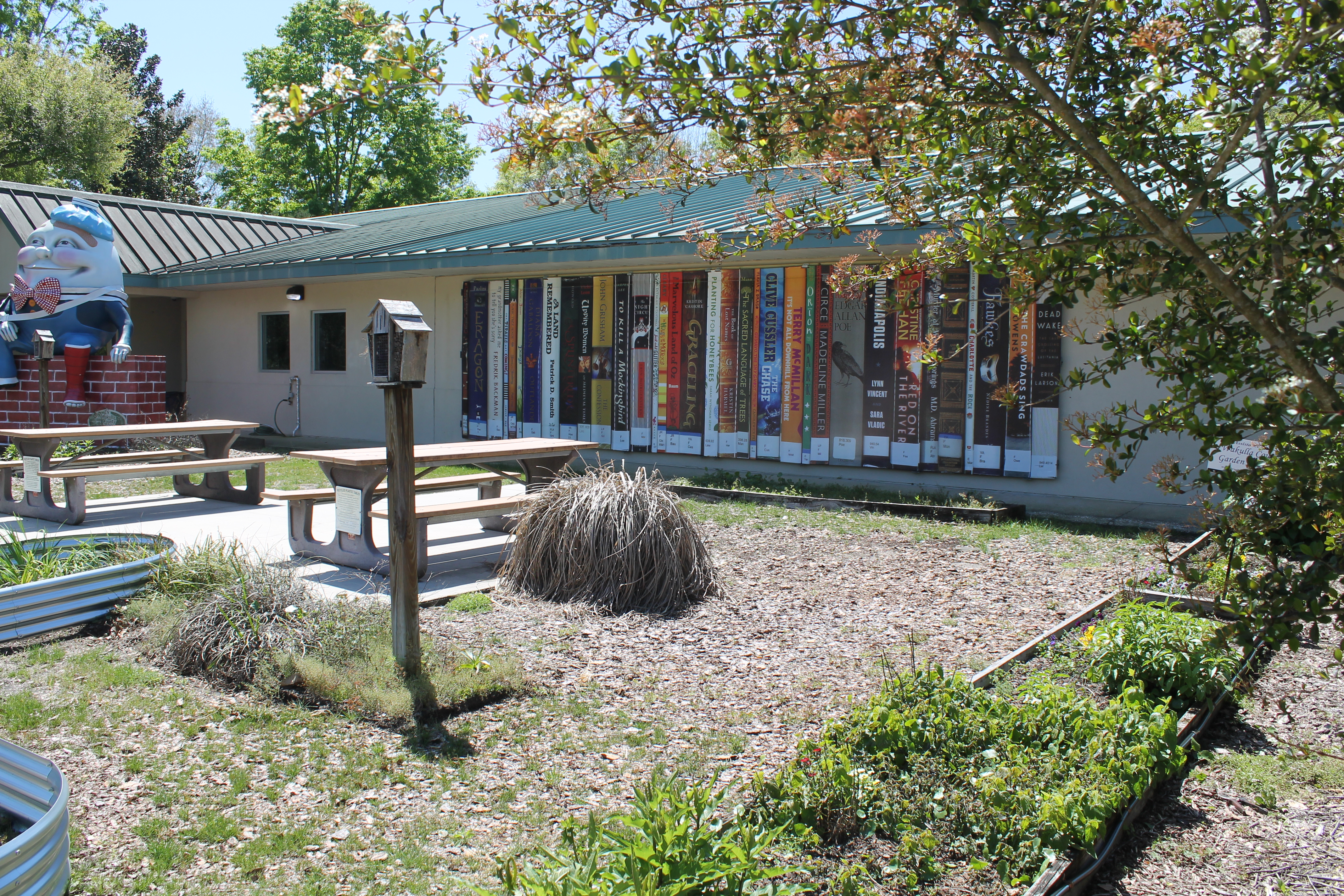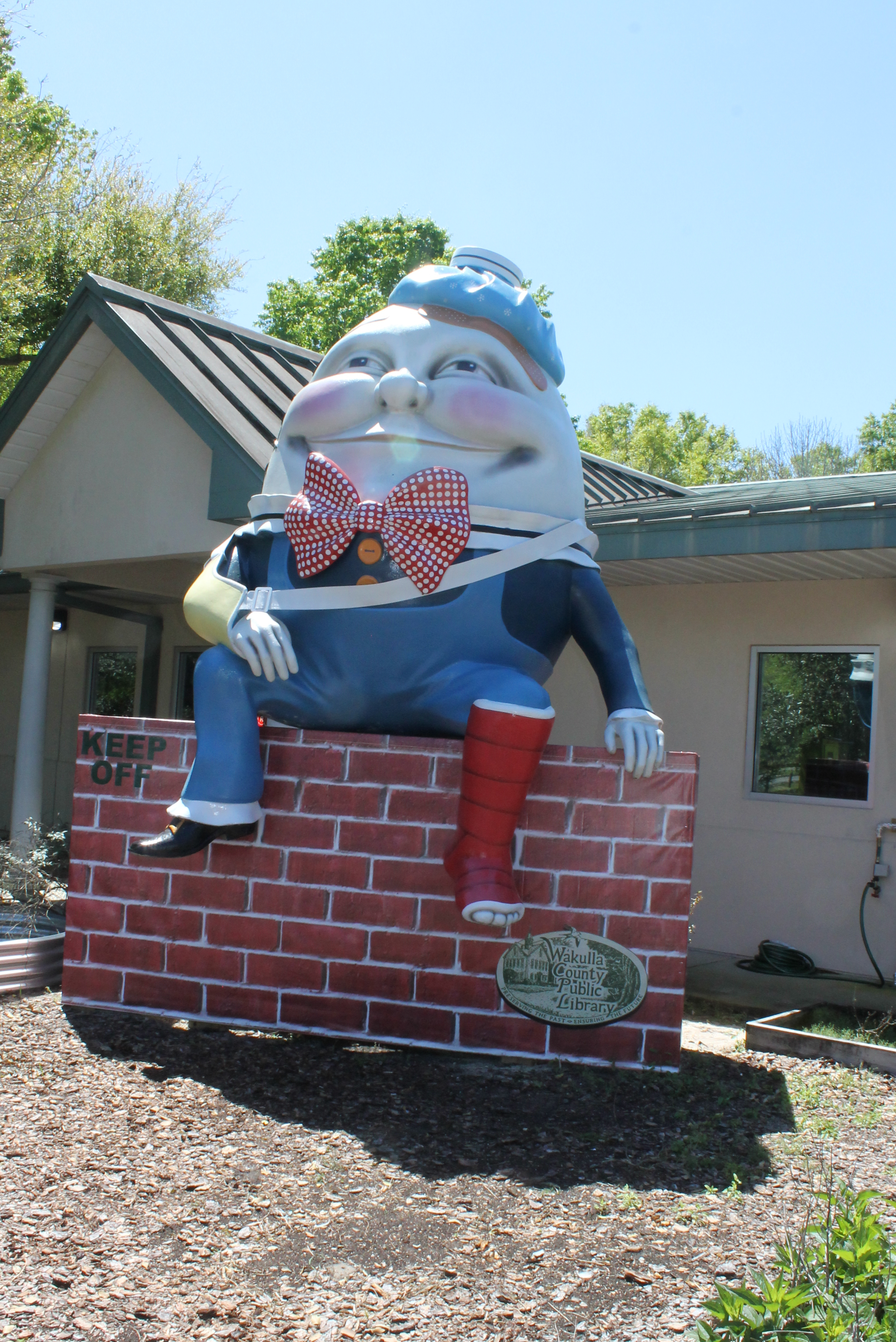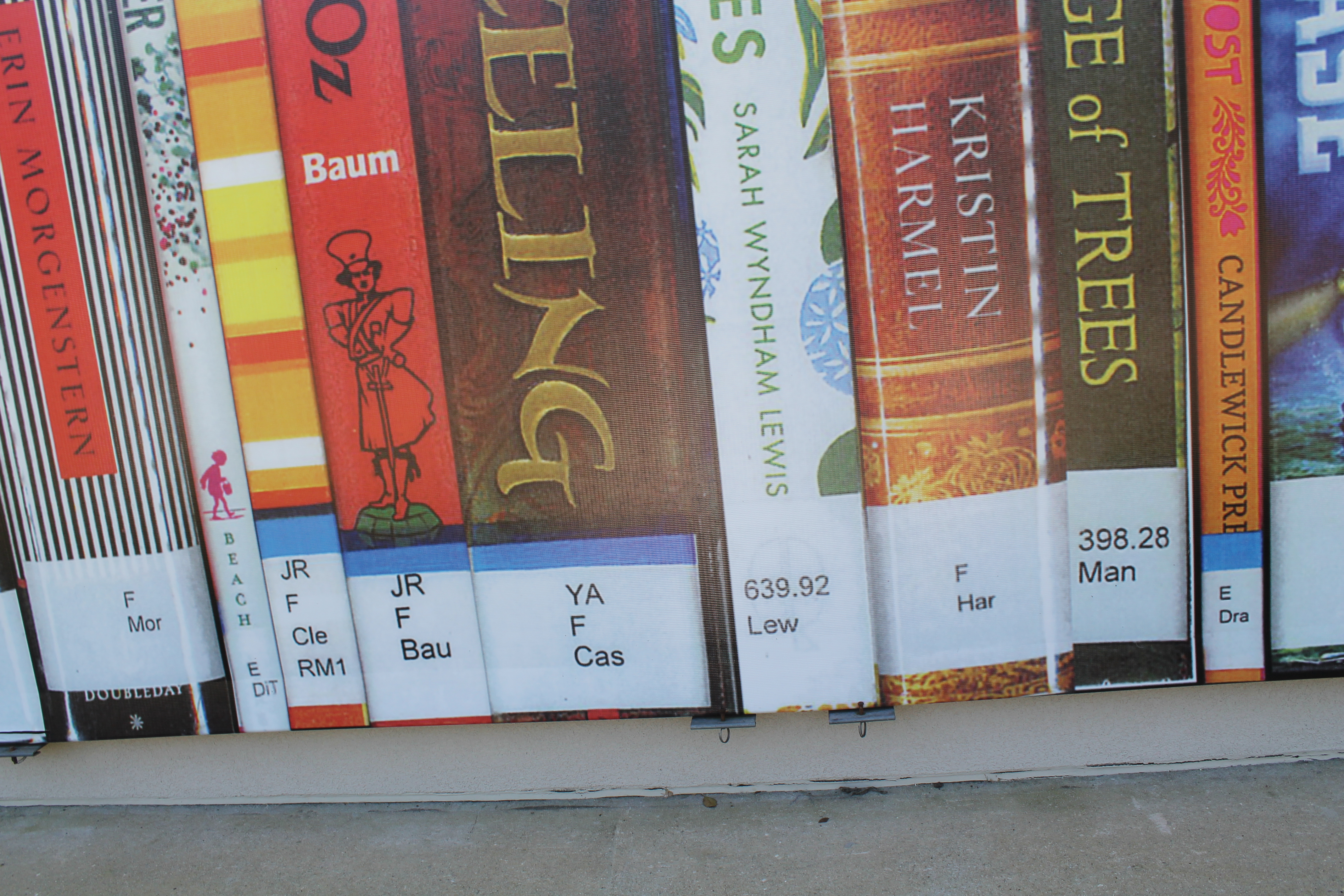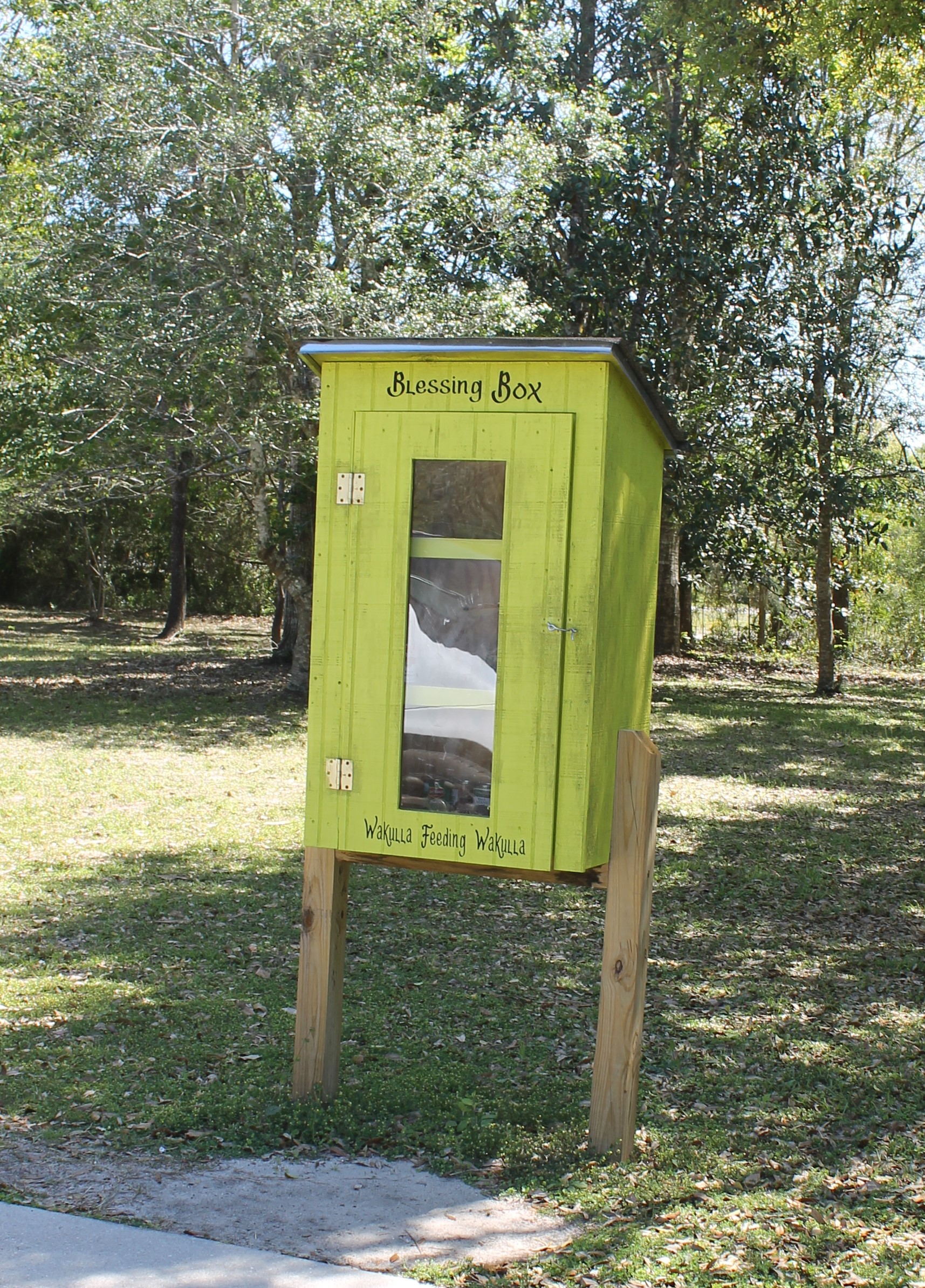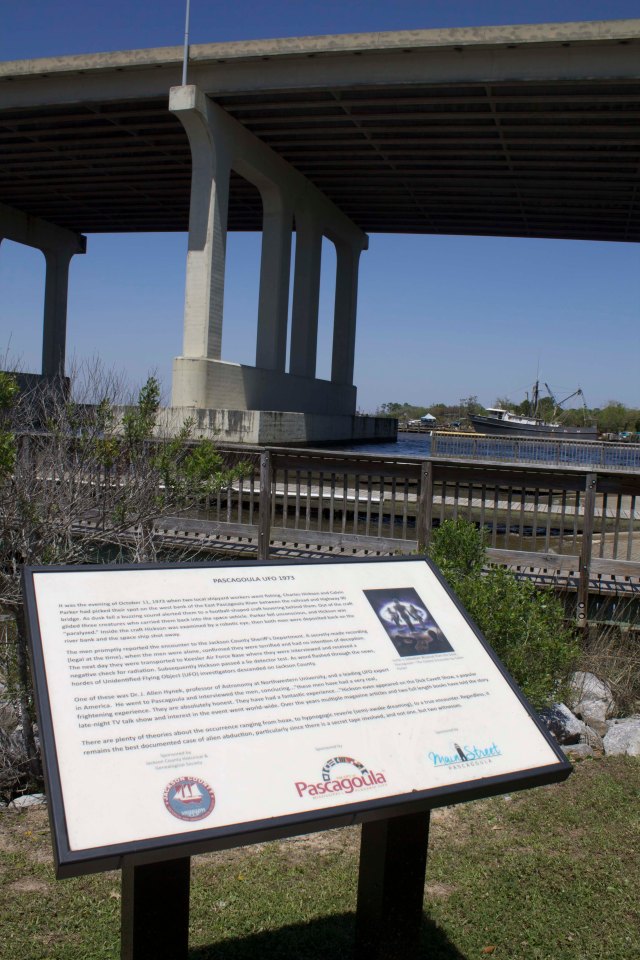
The marker indicates the spot were two fishermen were allegedly abducted by aliens. In the background is the “new” bridge, which replaced the old drawbridge from 1973.
The new Netflix documentary series “Files of the Unexplained” opens with a well-researched episode about my hometown Pascagoula, Mississippi. Situated on the Singing River, Pascagoula has been associated with unexplained and bizarre happenings long before aliens abducted two fishermen on the river. And Pascagoula was different long before Austin, Texas, decided to keep itself weird or Florida celebrated its outlandish Florida Man. After all, what other town arose from a place where two Native American lovers and their kinsmen walked to watery graves singing? And then there’s the case of the phantom barber who sneaked into the bedrooms of young girls in the dead of night and cut off their lovely locks. And a scary right-wing John Birch Society member who recruited members at the drug store soda fountain.
The Netflix documentary interviews people who have embraced Pascagoula for what it is – a shipyard town on a river where good people work hard to make a living for their families. And a town where strange stuff happens. Five decades after the alien event, Pascagoula embraced the encounter with a celebration and officially marked the spot of the abduction. It’s not quite a “historical” marker, but the sign near the bridge documents the event and offers peace to the two men allegedly abducted at that site. Strange things happen, especially at night on a river that sings. Weird is okay.
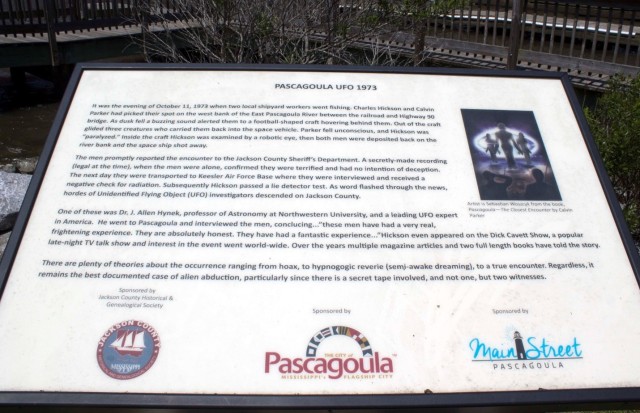
Close up of the sign and its co-sponsors which include the historical society!
When I lived there in the 1950s and 1960s, many of us were trying to be something we weren’t. We looked at neighboring towns and envied their rich history, artist colonies, fancy homes, mossy oak-lined boulevards, and lovely stretches of manmade beaches. “Why not us?” we wondered. In high school, we grimaced when rival teams called us “Goula” or mispronounced the town’s name – PasPagoula, as if they had a lisp. We dismissed our origins and eccentric characters that made Pascagoula a unique place to call home.
Now Pascagoula has embraced itself with honesty. Yes, Pascagoula is a shipyard town and those shipyard workers built WWII ships and nuclear submarines. The towering cranes may mar the view, but they produce defense equipment for a nation and provide more jobs than any other employer in the state. Yes, the water is slick and brown, but that’s just the Pascagoula water. It’s safe to drink and makes the best gumbo around.
And, sure, the town smells when the wind blows from the northeast. That’s the smell of dead fish processing from the Omega Protein Plant in Moss Point making vitamin supplements. And, yes, the town smells when the wind doesn’t blow. That the “aroma” of marsh mud, brackish water, and bayous, band it’s a great place to fish. Besides, that’s just the way tide flows — or doesn’t. And to me, it smells like home.
From the Netflix episode I learned Calvin Parker, the eighteen-year old who was abducted with Charles Hickson, died of kidney cancer in August 2023, (another update for my book A Literary Traveler’s Guide to the Gulf South: Bay St. Louis to Apalachicola). Parker wrote two books about the alien encounter, and one ebook version reached bestseller status. Interviews with both Calvin and his wife are featured in the documentary. The episode also includes interviews with others who witnessed weird sights on October 11, 1973, the night of the alien abduction. In addition, it includes part of an interview with Parker and Hickson recorded by law enforcement officers on the night of the incident.
Kudos to the city leaders who welcomed Netflix filmmakers and posted reminders to watch the show on the city’s Facebook page. And a big shout-out to the girls’ high school softball team now wearing jerseys emblazoned with ‘GOULA across the front. Those five letters fit a lot better than the ten letters that used to run diagonally across the jersey’s front.
Go ‘Goula!
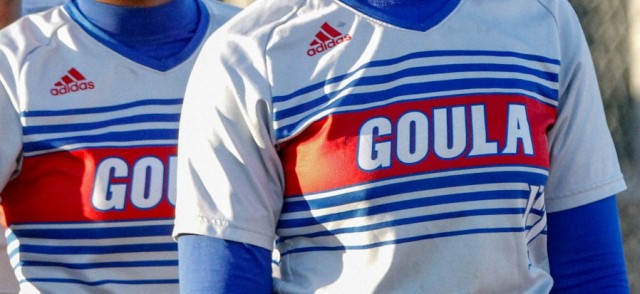
Call us who we are! Forget Pascagoula — or “Lady Panthers.” PHS softball is Goula!



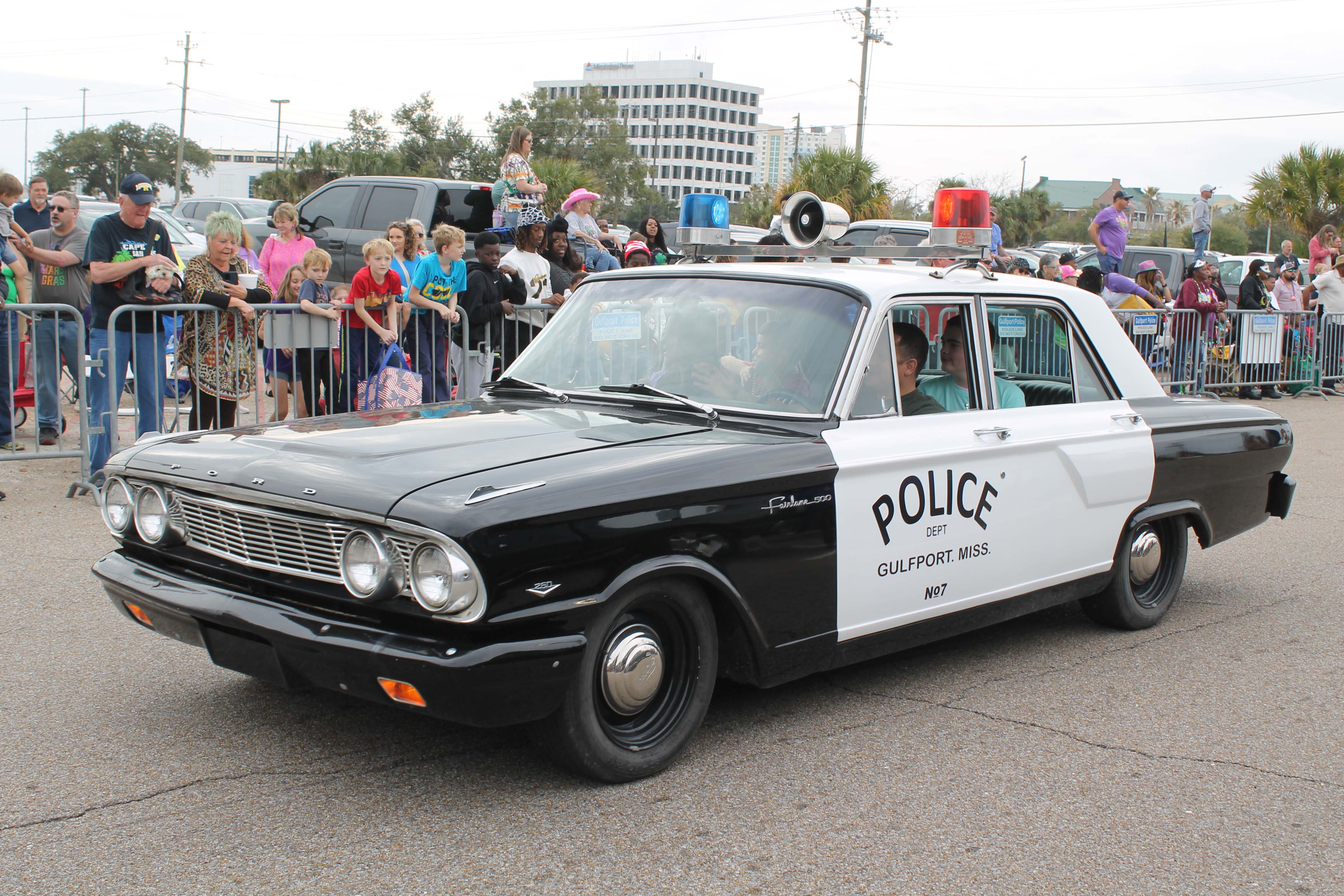

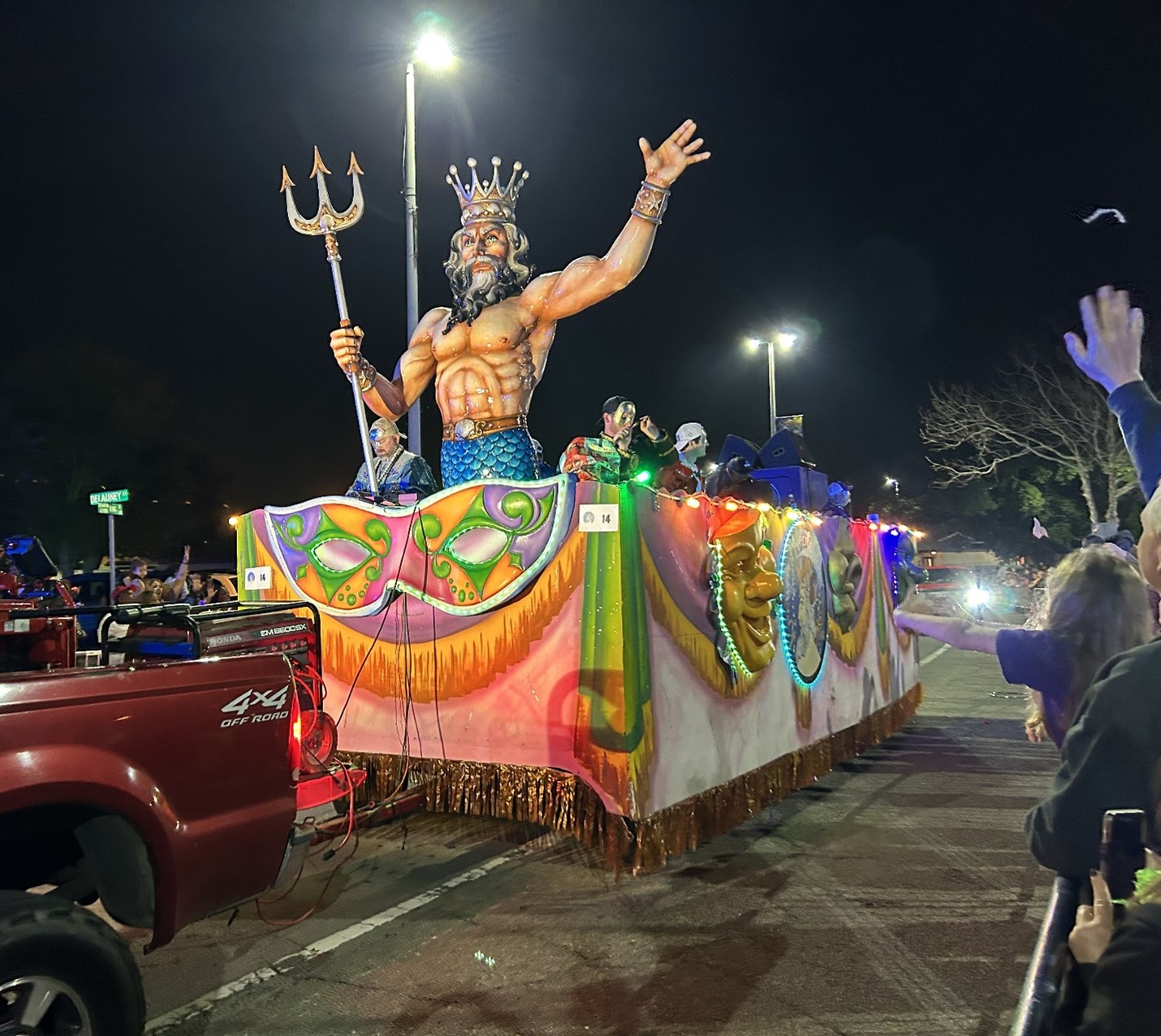
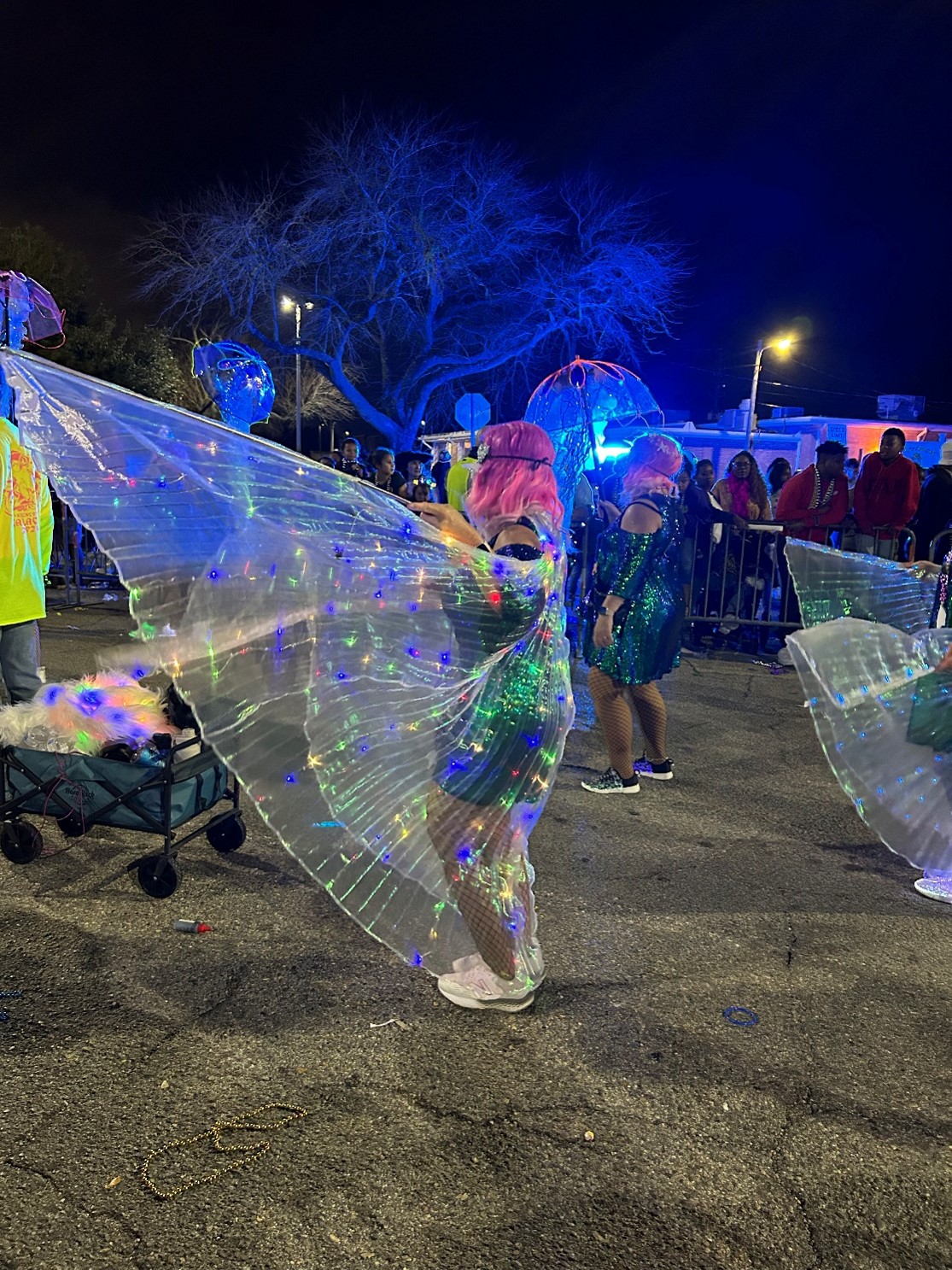
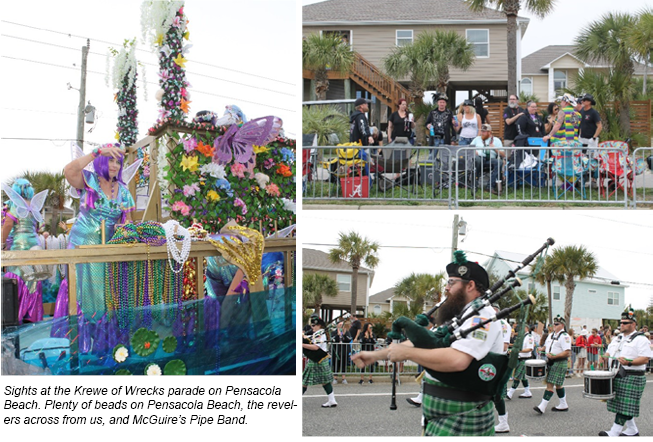
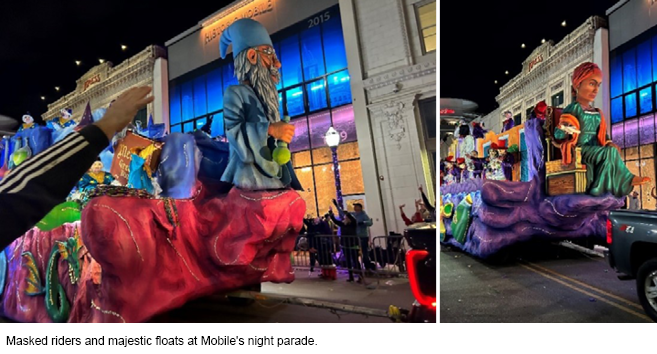
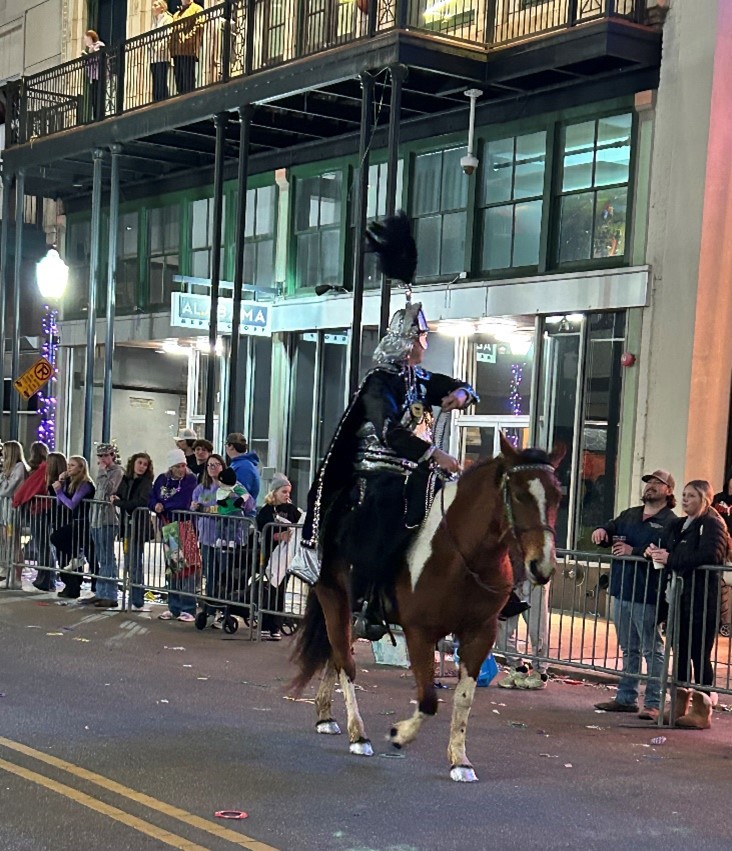
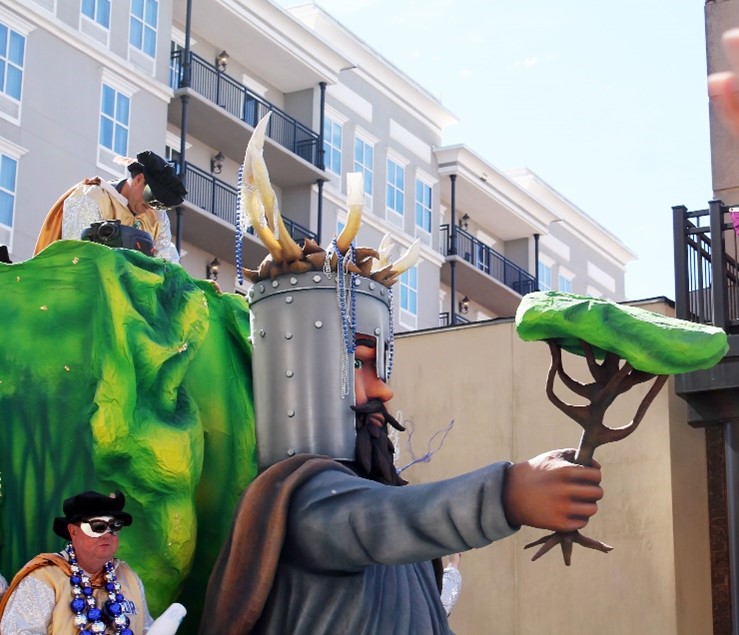
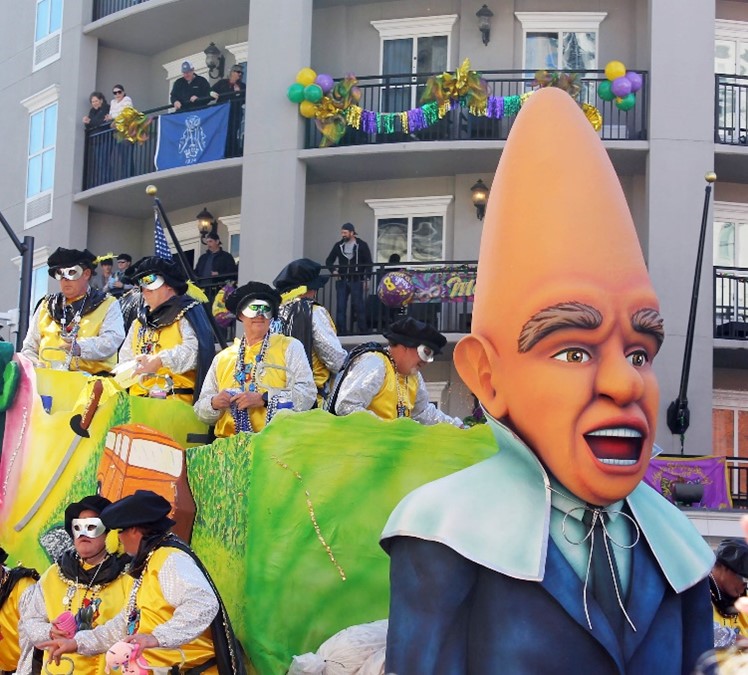


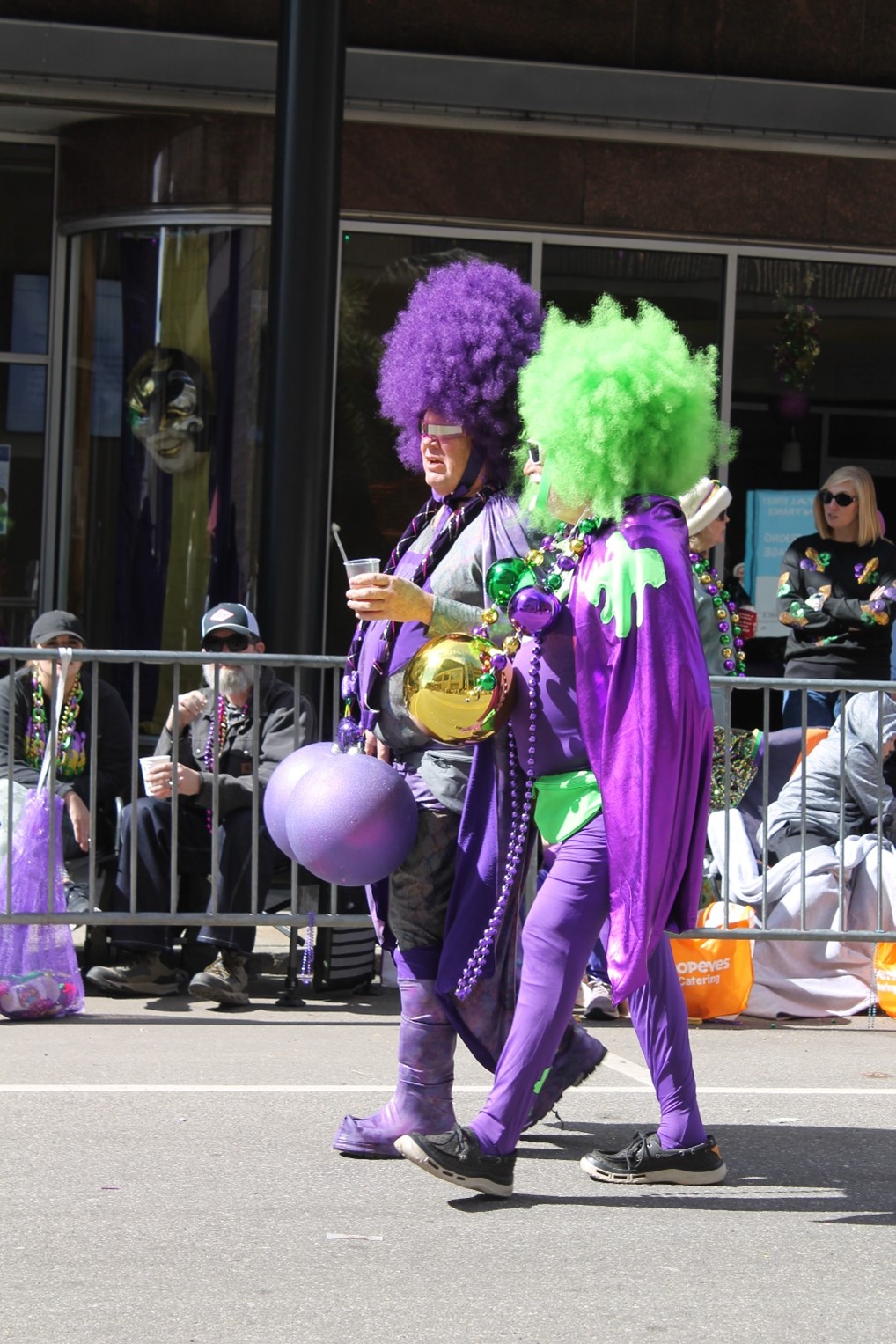
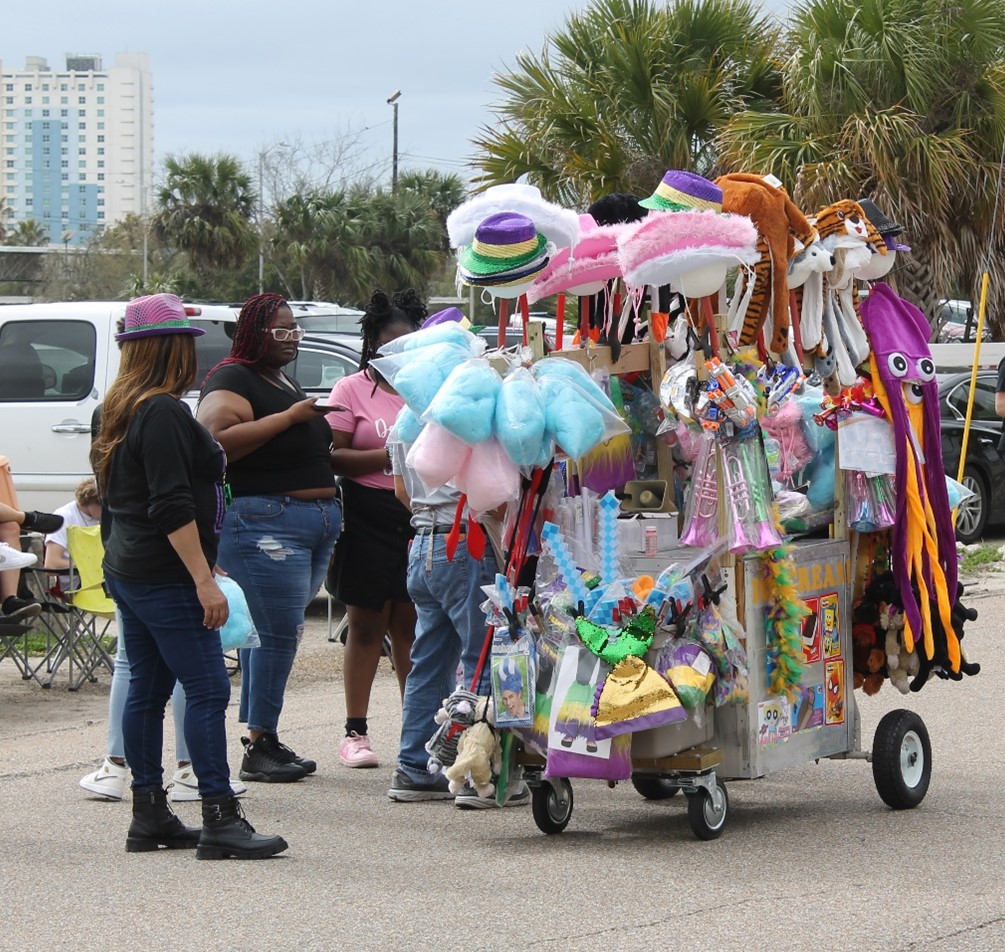
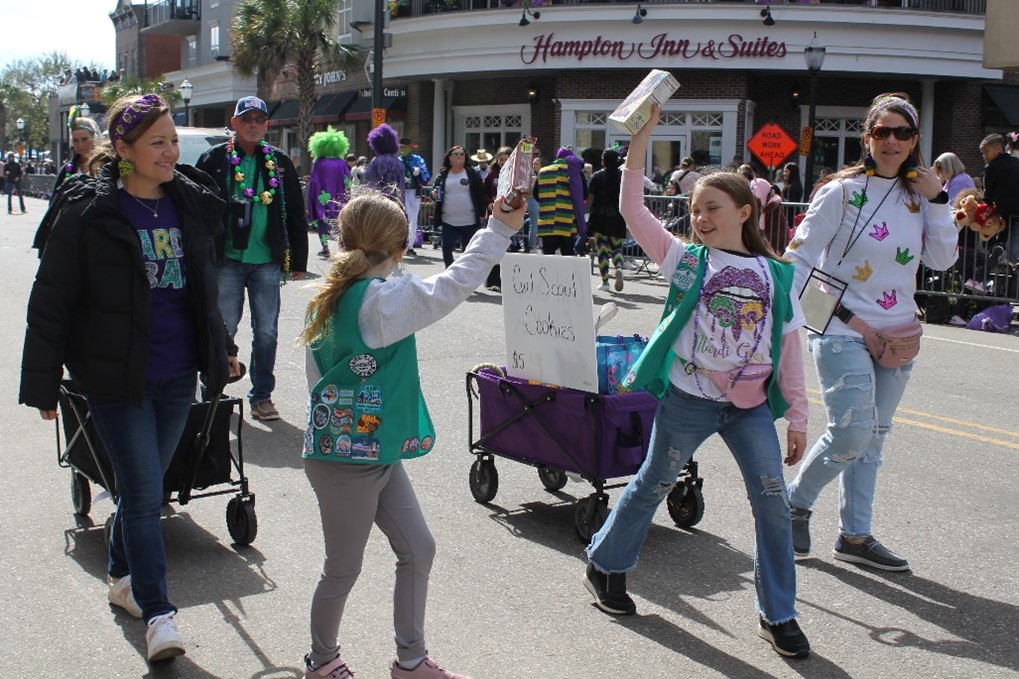
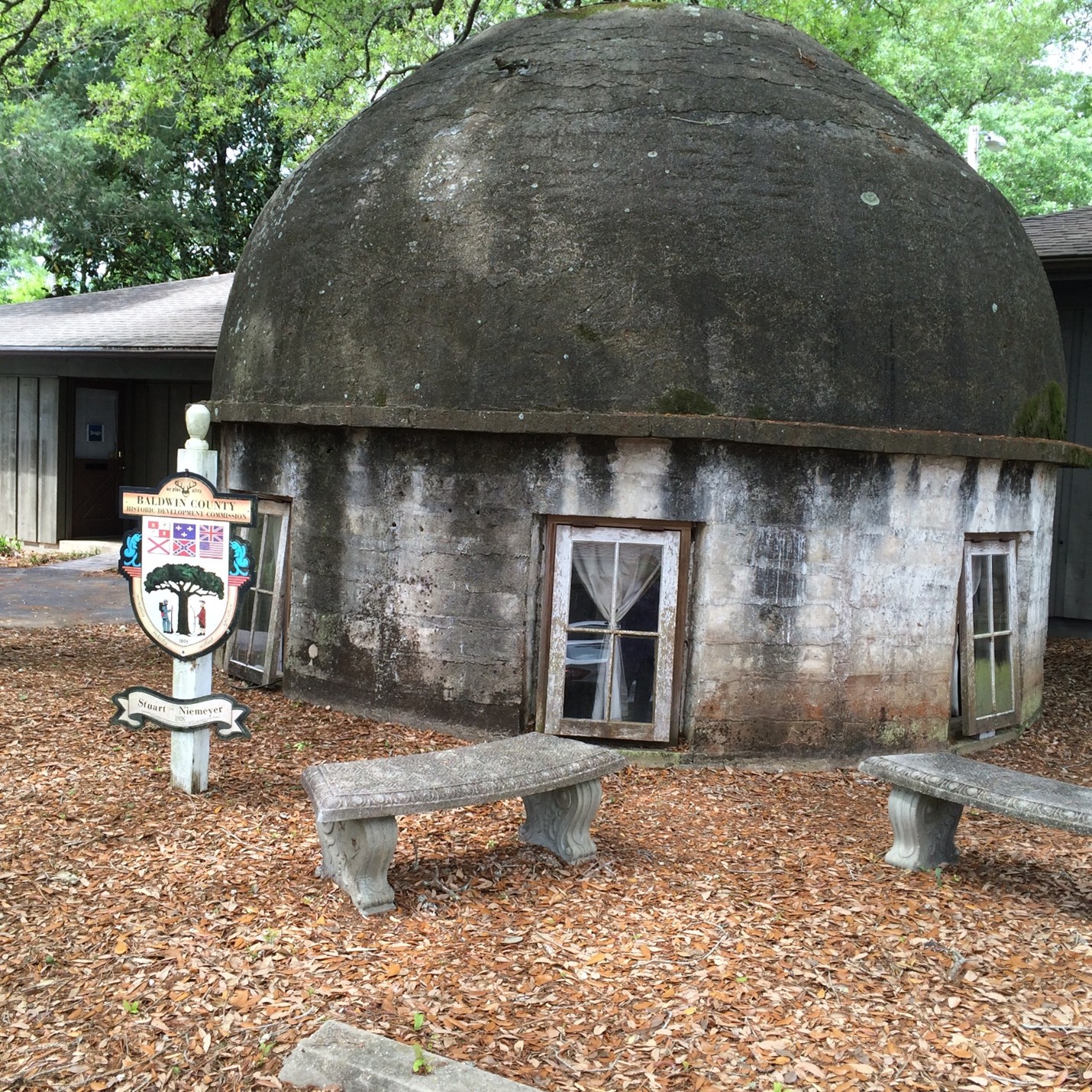
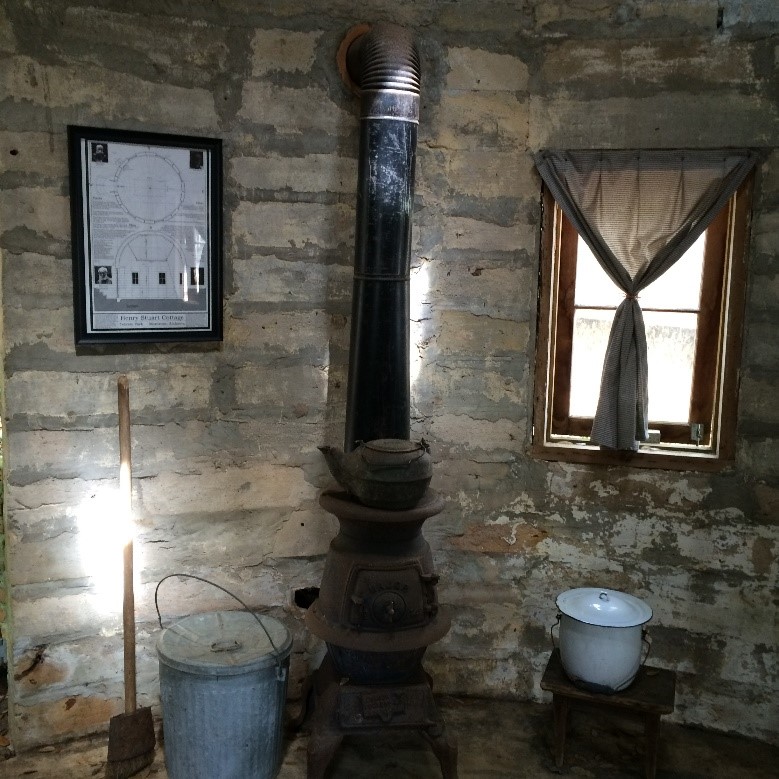
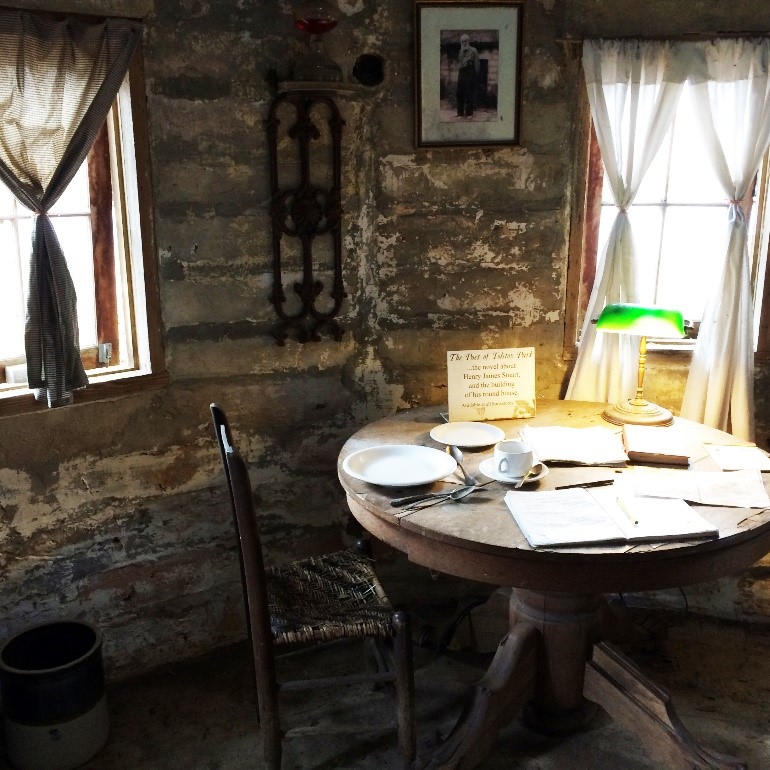
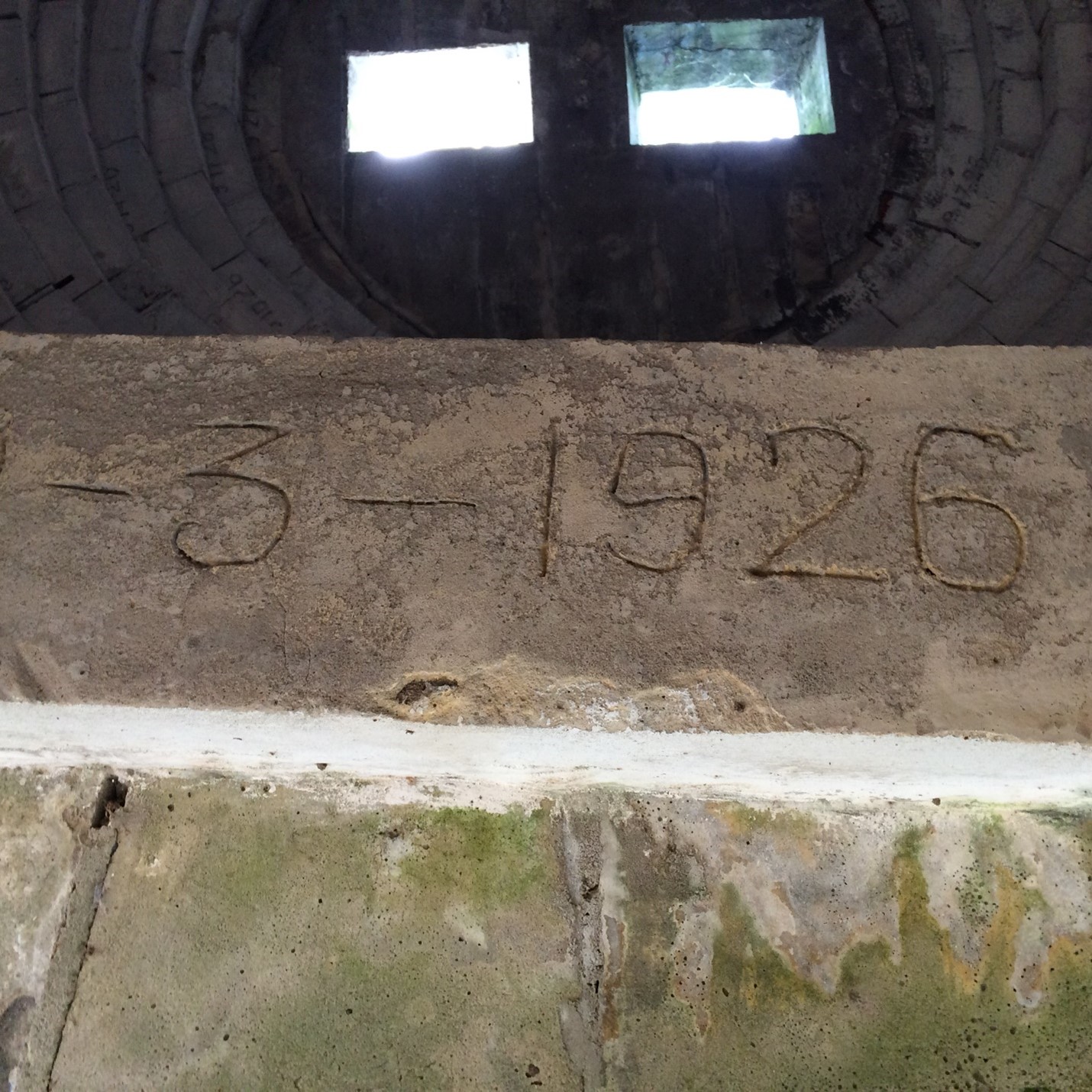
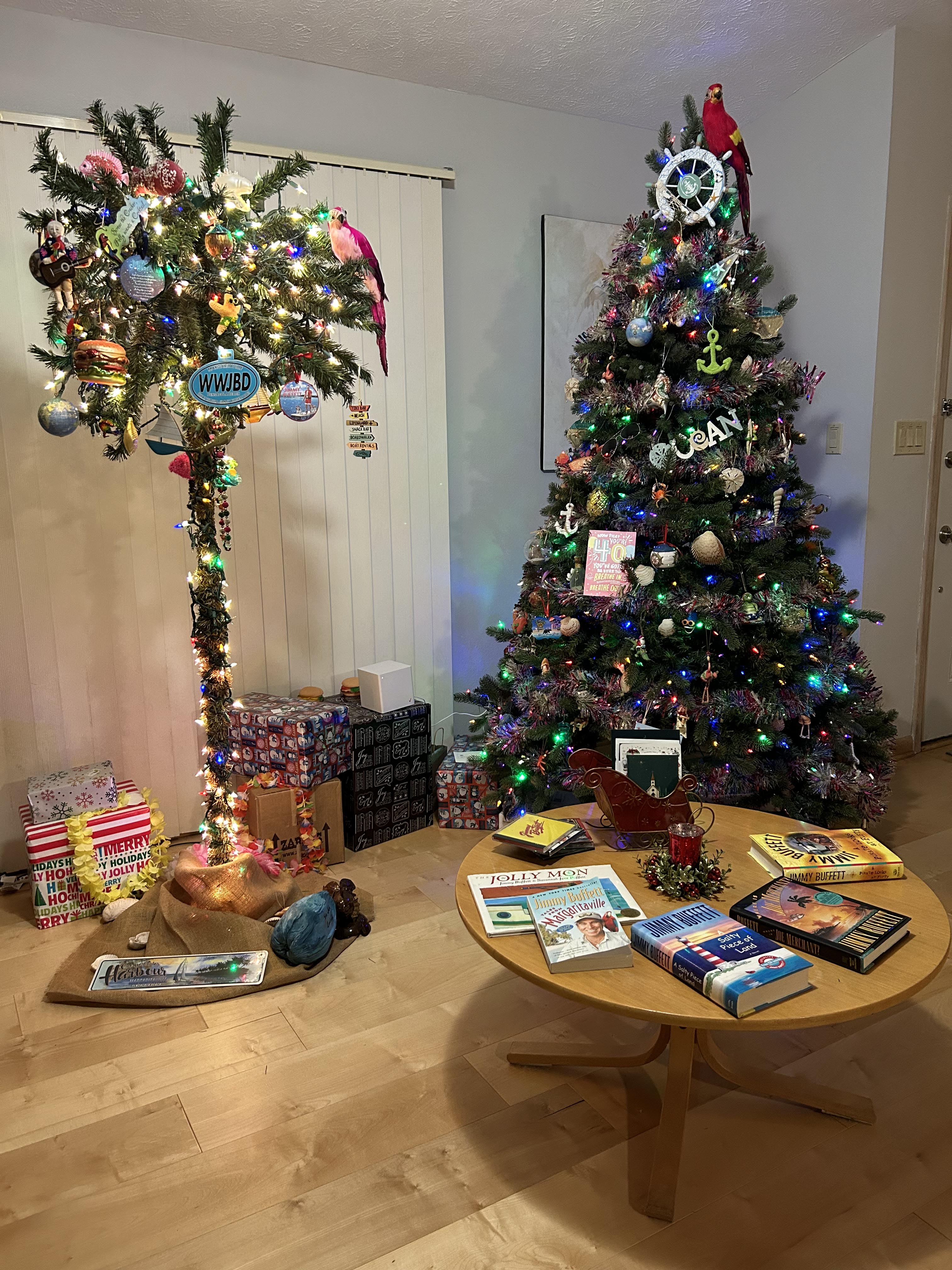
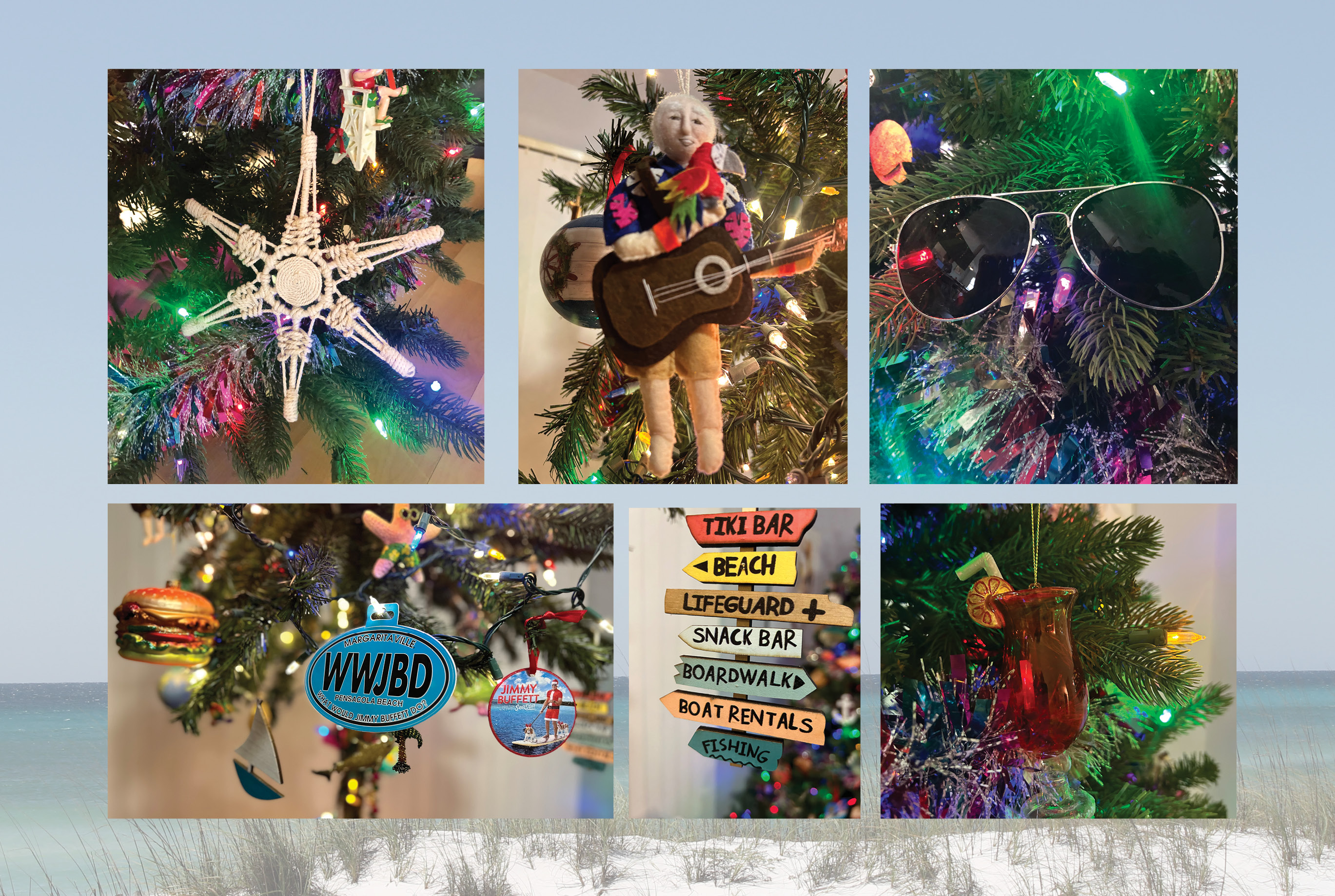
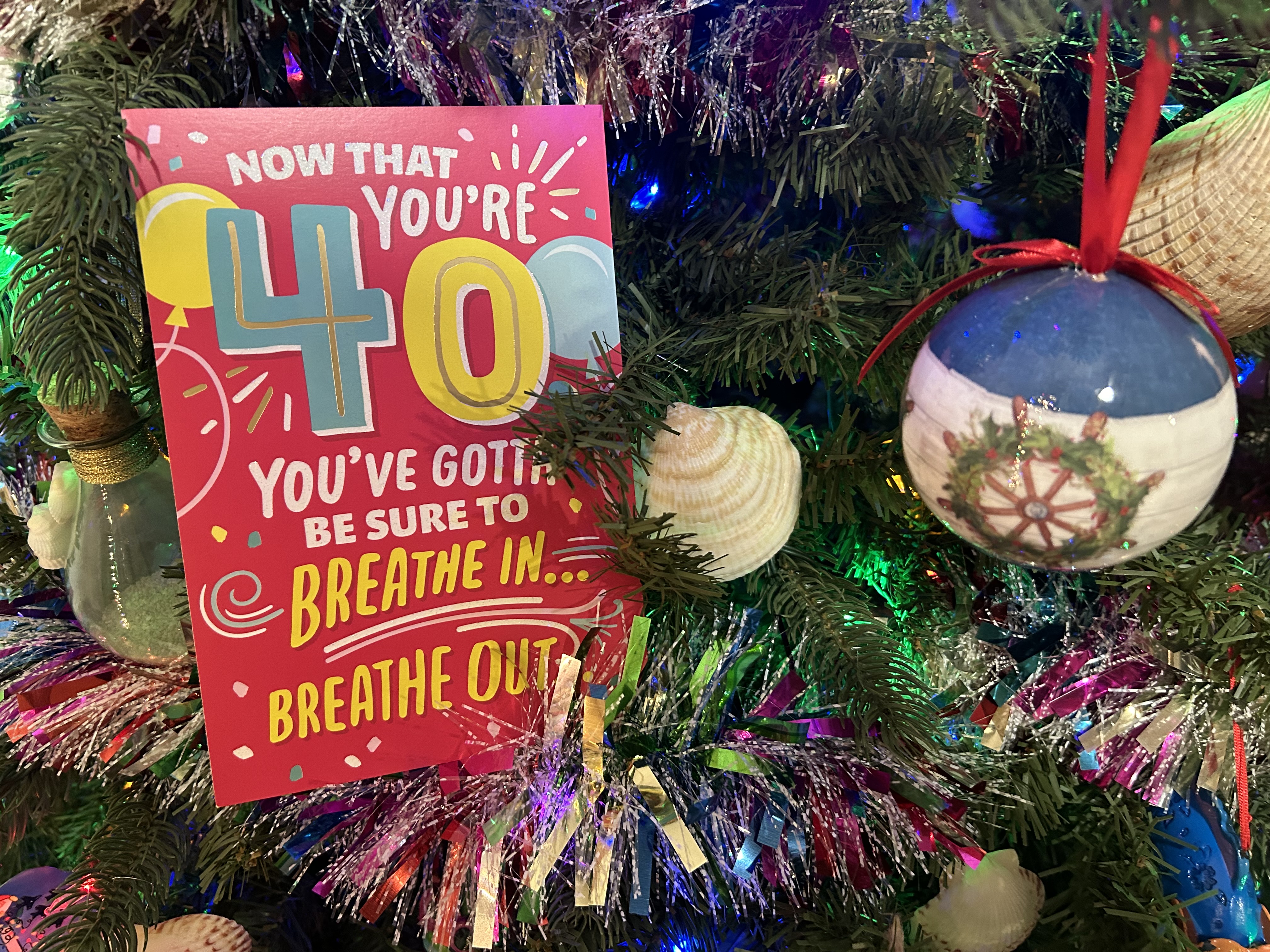
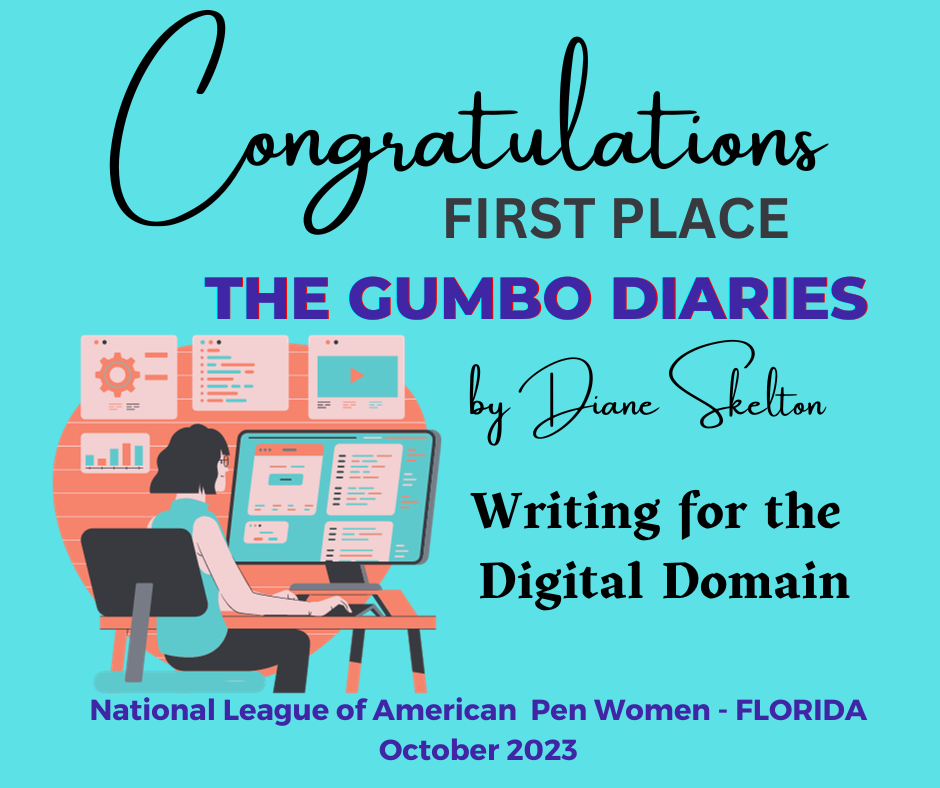
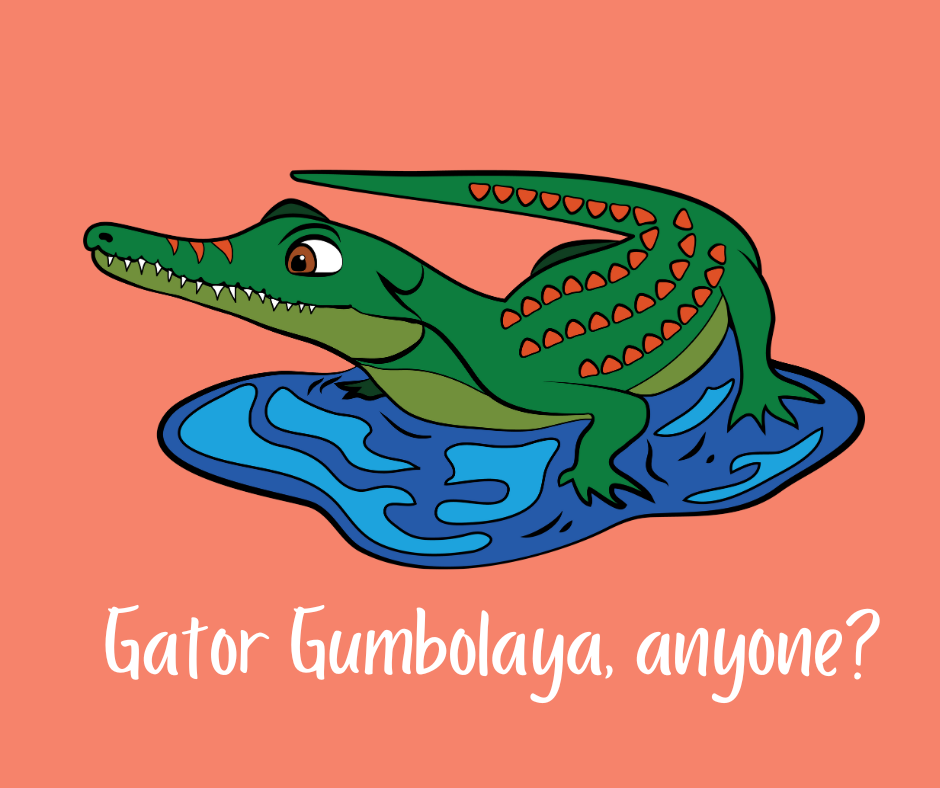 introspection.” And why rewrite a book that Gwen McKee, one of my favorite cookbook authors and editors, has already published? I own both Little Gumbo Cookbook and The Little New Orleans Cookbook so know the value of her work. Gwen and fellow Mississippi author Barbara Moseley have collected and published the best recipes, state by state since the early 1980s. Most recipes are from home kitchens and community cookbooks, but a few famous ones from restaurants are thrown in like Mary Mahoney’s Bread Pudding from Biloxi, Mississippi. The Florida cookbook features “Gator Gumbolaya.” The name of the dish alone intrigues me. Several cookbooks are available on Amazon or at Quail Ridge Press, but Alabama’s is currently out of print, though is available at preowned sites like Abe’s Books.
introspection.” And why rewrite a book that Gwen McKee, one of my favorite cookbook authors and editors, has already published? I own both Little Gumbo Cookbook and The Little New Orleans Cookbook so know the value of her work. Gwen and fellow Mississippi author Barbara Moseley have collected and published the best recipes, state by state since the early 1980s. Most recipes are from home kitchens and community cookbooks, but a few famous ones from restaurants are thrown in like Mary Mahoney’s Bread Pudding from Biloxi, Mississippi. The Florida cookbook features “Gator Gumbolaya.” The name of the dish alone intrigues me. Several cookbooks are available on Amazon or at Quail Ridge Press, but Alabama’s is currently out of print, though is available at preowned sites like Abe’s Books.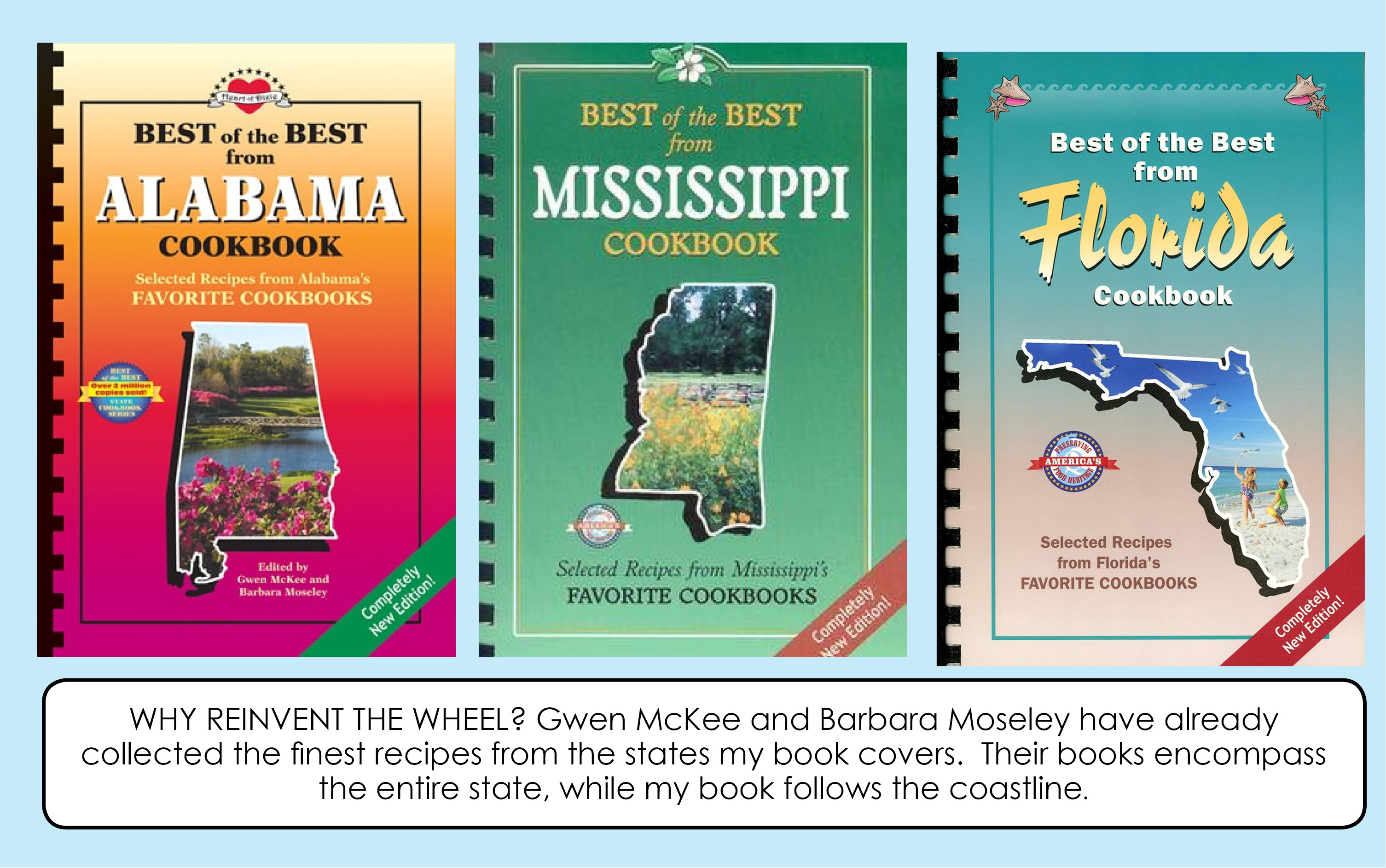
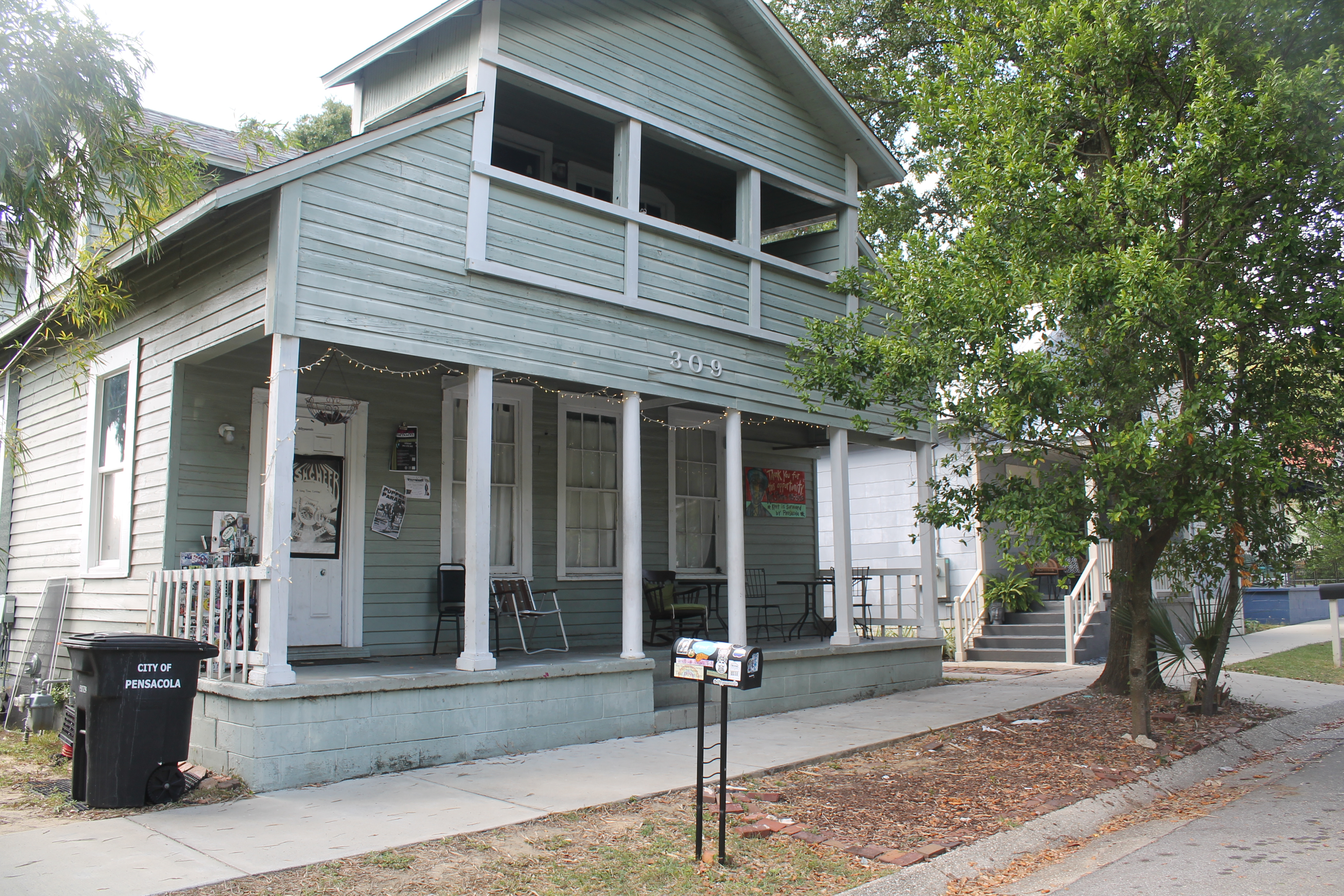
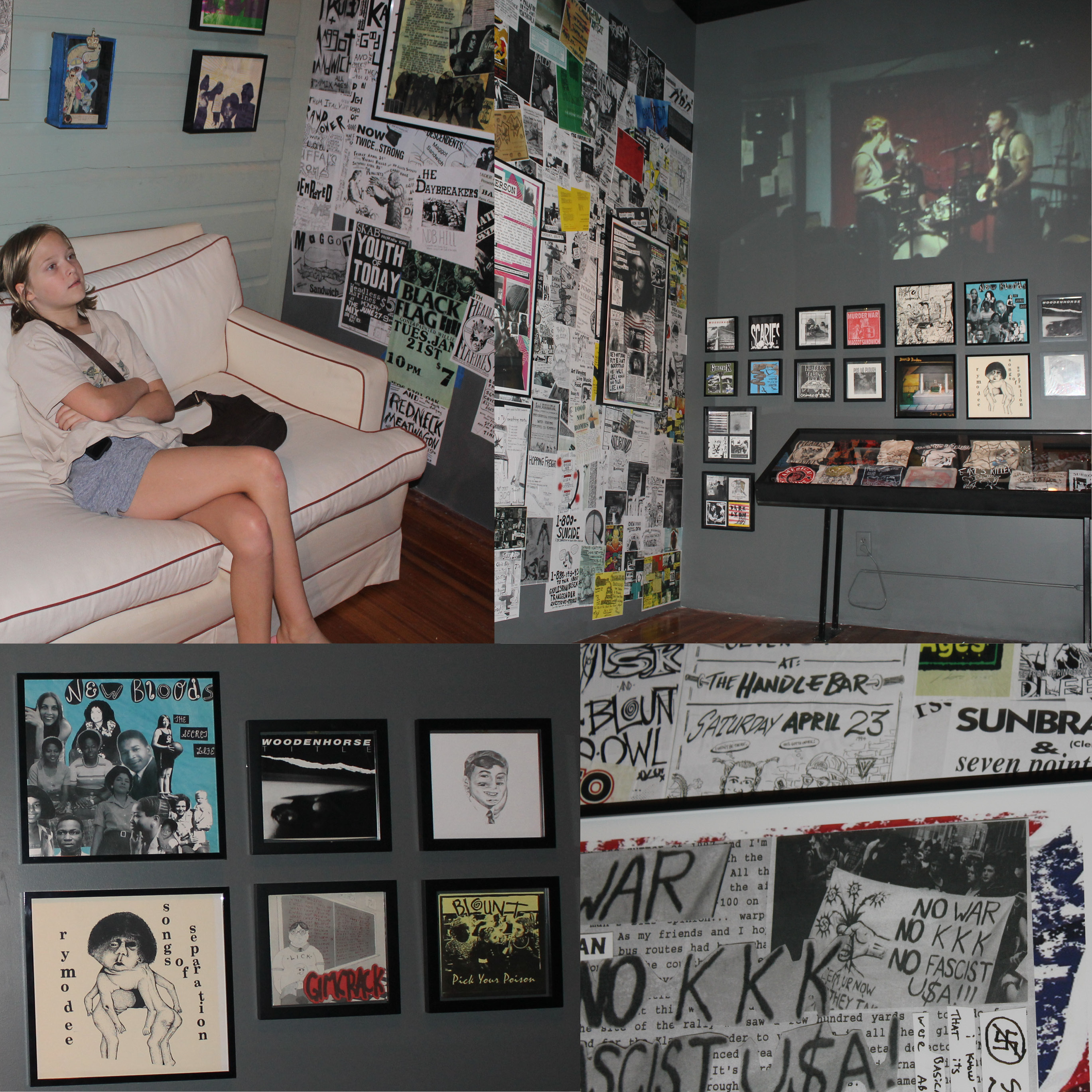
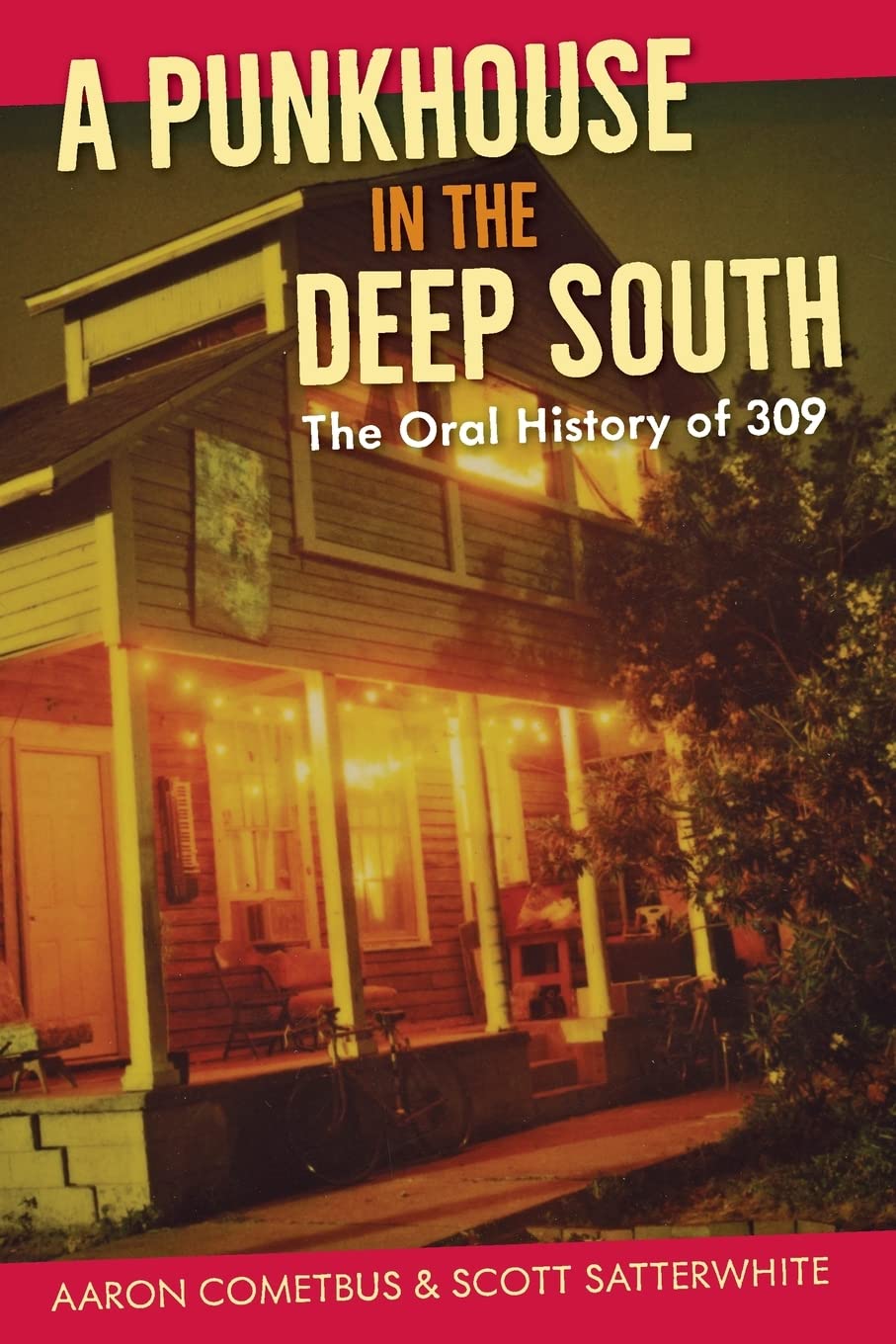 or the book, Scott Satterwhite, a writing instructor at UWF, compiled interviews conducted by the students of Dr. Jamin Wells’ undergraduate
or the book, Scott Satterwhite, a writing instructor at UWF, compiled interviews conducted by the students of Dr. Jamin Wells’ undergraduate 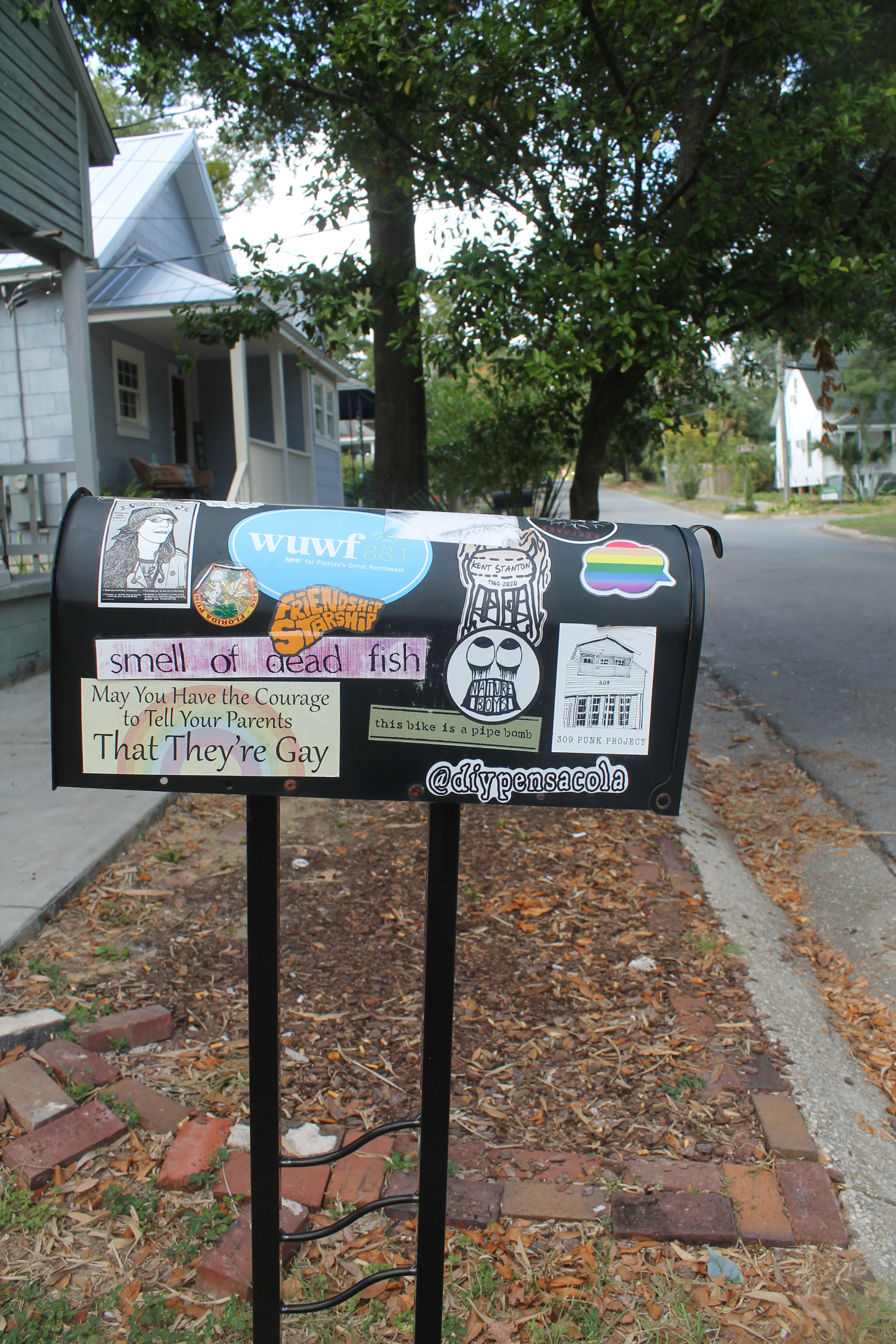 memorialized with a sticker on the mailbox in front of the house. Copies can be viewed online at Skott’s
memorialized with a sticker on the mailbox in front of the house. Copies can be viewed online at Skott’s 